Monet – Manet – Money »All department stores will become museums, and all museums will become department stores.« (Andy Warhol)
Monet, Manet, Money; Muji, Gucci, Pucci, Prado – nowhere else is the sign of our times more apparent than in the world of commerce. It is the circus in which our lifestyle is traded and portrays our consumer behavior: “my house, my car, my boat, my picture”. Advertising and art are rivals, vying with one another as competitors to be taken seriously in the free interplay of illusion and aesthetics in which both parties adopt the typical strategies of the other. Peter Vahlefeld allows this paradox of concepts to collide in his painting and photography, not without a certain sense of irony though, giving commentary to the artistic gesture of abstract expressionism and, at the same time, acting as a reflection on the art of painting itself.
Peter Vahlefeld explores the currency of media images as a platform to fuck them up. By painting lushly on top of them, he is expropriating their surface, language, and semantics. Hijacking material from the public domain and obscuring them, Vahlefeld further complicates the everyday transaction of images by taking away the content they´re supposed to advertise. In the process of over-painting auction catalogues and gallery advertisements, the link between the circulation of the image and the expected circulation of as much money as possible becomes manifest. Vahlefeld consistently leaves visible almost all written information regarding the function and context of the images, such as captions, page numbers and gallery names. The printed materials are attacked with oil paint and appear as archaic manifestos. In the photo studio these over-paintings are re-photographed and illuminated - the impasto foreground vs. the slick surface of the background - and re-used as a base on which to paint, this time on canvas. In doing so, Vahlefeld utilizes the new possibilities granted by computer-aided image production techniques, and post-production to render and modify images as a continuation of the painting process. The media he uses are pigmented inkjet prints in dialogue with acrylic and oil paints. Unlike on the computer, where the functional logic is based on described rules, the material itself becomes the topic as a sequence of actions. Spilt paint sections and distinctive gestures come together on canvas, digital prints and colored fabric. Using a brush, a squeegee, a roller, stencils, grinding tools and other mechanical aids, elements are destroyed or re-built until the mark making surprises or irritates. Each act of painting is a statement, which brings about the next. The digital reflects painting as a possibility, negotiates it as it is practised in the analogue reality of the canvas, in order to then cover it in fragments with the precise photographic copy. The canvas acts as a tautological wallpaper that Peter Vahlefeld then re-digitalises in order to again clothe it in digital print-outs and over-paint. Duplication, trompe l’oeil, magnification and grid-work are the playful means with which he questions the icons of art history. By repeatedly scanning, printing and over-painting, the branding of media products are contaminated with paint and their significance eliminated. What remains is often only just scratched image surface that gives the impression of three-dimensional depth created as a result of the layering process. What appears painted can be printed, what appears printed is actually painted. The suggested immediacy of paint, paint splatter and streaking often turns out to be a representation conveyed by technology. It is not just the life-size blow-up reality of paint splatters that betray their artificial nature. The repetition of the same streaks can be seen distributed in different arrangements on the surface of the canvas, condensing into abstract picture planes. It is the difference of the image to itself which manifests as a tautology and seems to be somewhere in between the real material and its appearance. These media duplications are not just a quote of the over-painting but a repetition of their own mediatisation. What repeats itself is not just the original painting with paint and brush, but the reproduction of this process as a mass-media image where, somewhere between the material trace and the commercial printing, the differences have been lost.
In an essay published as early as 1993 and written by the recently deceased writer David Foster Wallace, attention is drawn to the fact that the stance of ironic refraction as a criticism of the current state has long since been incorporated by the market itself. Each image is both art and product. Even more: the art world itself forms part of the economic system whereby everyone wishes to be paid. Galleries, auction houses, art magazines, and everyone else who receives their income from advertising in the same way that state institutions are subsidized by the state (taxpayer´s money). There is no escape plan instead there might indeed be only one market and its economy of art production which can be subject of discussion or attack. The conveyance of existing, and often trivial things like museum shop merchandising or auction house advertisements, in another context, the appropriation of marketing strategies, the re-appropriation of already appropriated media-images and the expropriation of brand names and logos, are the tools employed to do this. What is left is a pretty good example of pretty good sales and the imperative to push the slick surfaces of a consumer culture to absurd extremes.
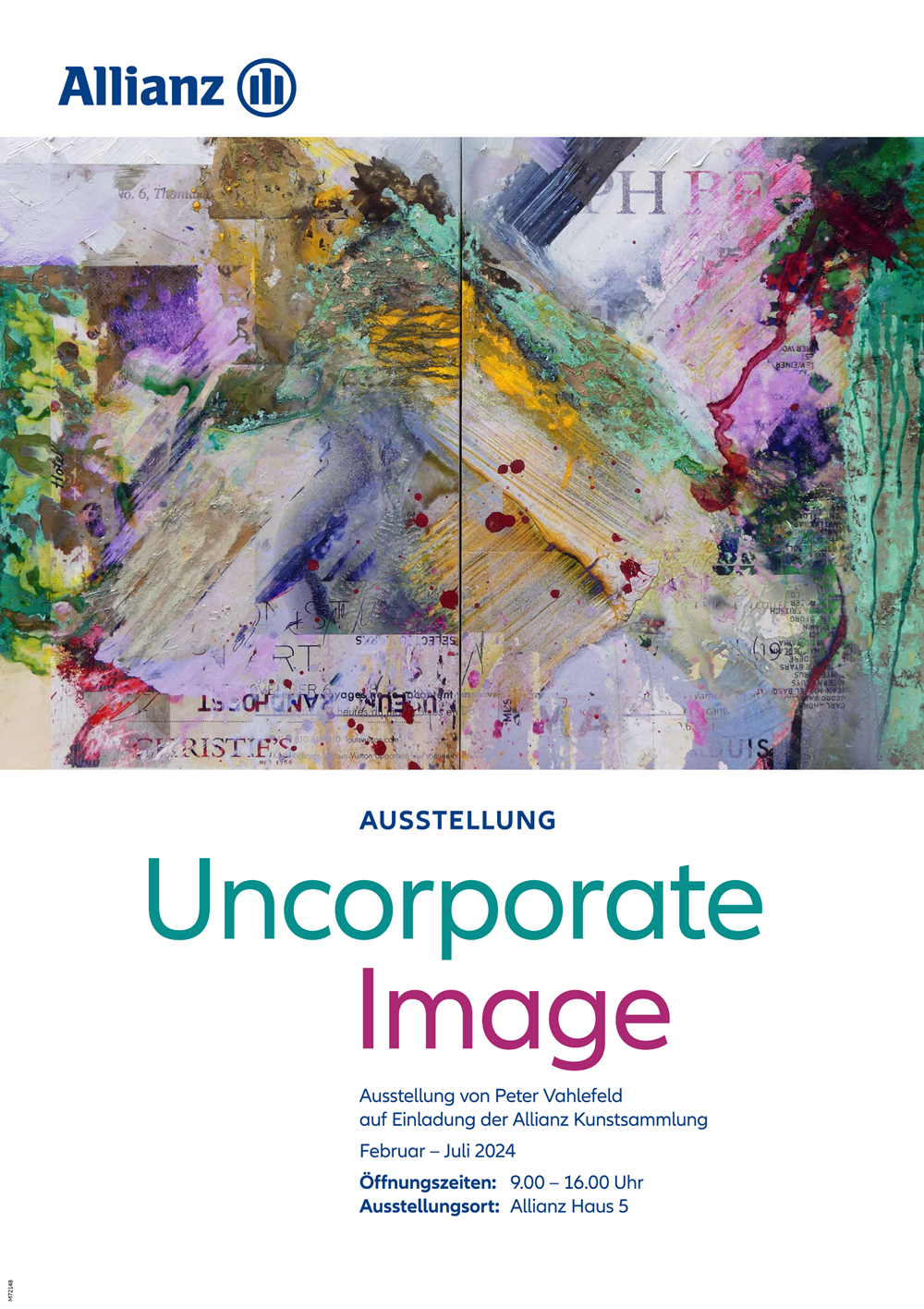
Peter Vahlefeld | Uncorporate Image at the Invitation of the Allianz Art Collection | 2024
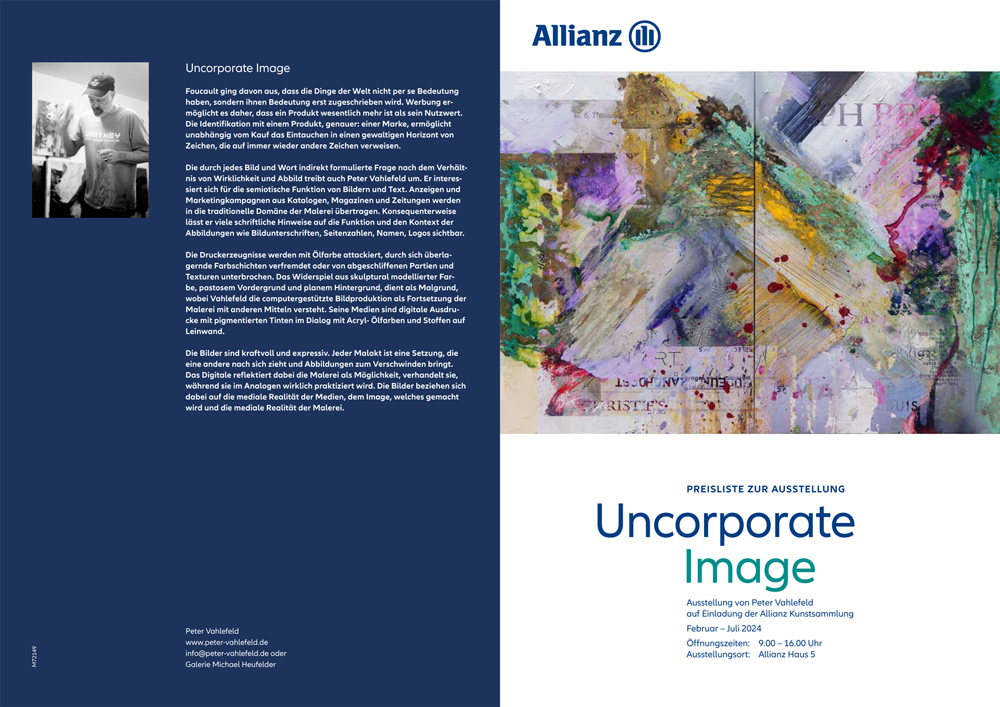
Peter Vahlefeld | Uncorporate Image at the Invitation of the Allianz Art Collection | 2024
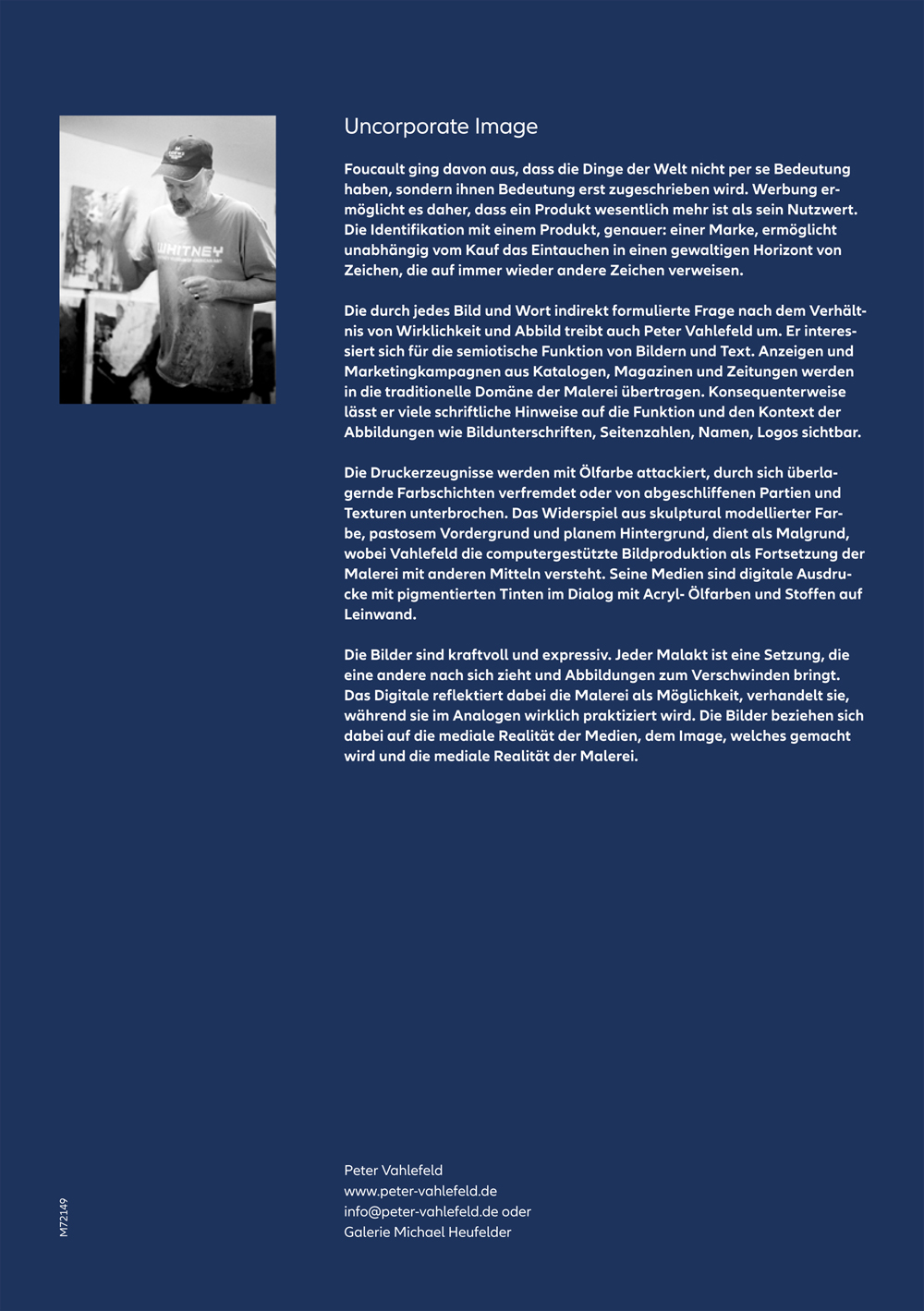
Peter Vahlefeld | Uncorporate Image at the Invitation of the Allianz Art Collection | 2024
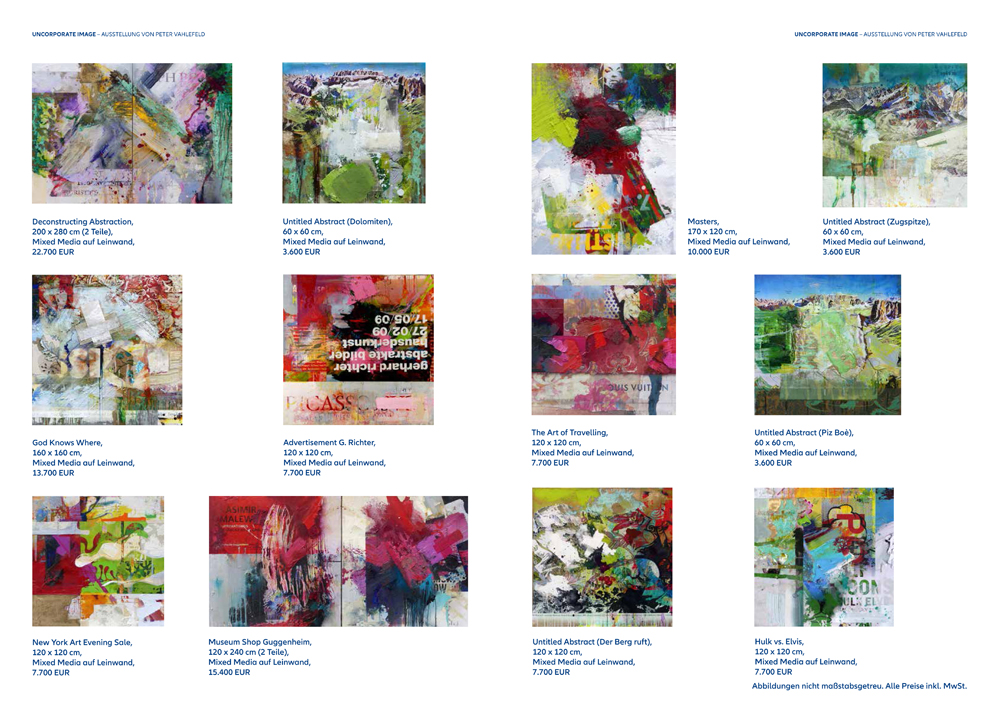
Peter Vahlefeld | Uncorporate Image at the Invitation of the Allianz Art Collection | 2024
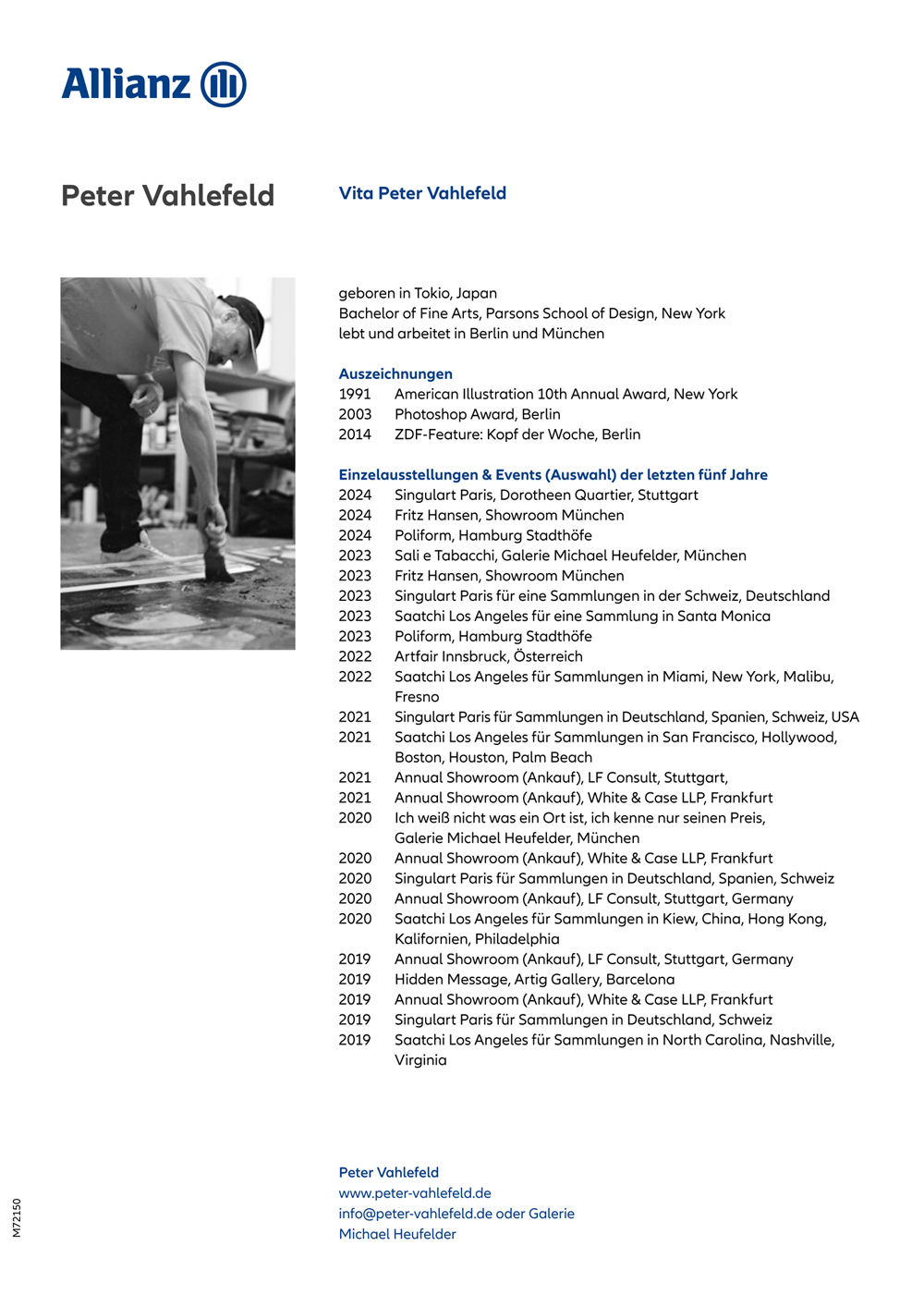
Peter Vahlefeld | Uncorporate Image at the Invitation of the Allianz Art Collection | 2024
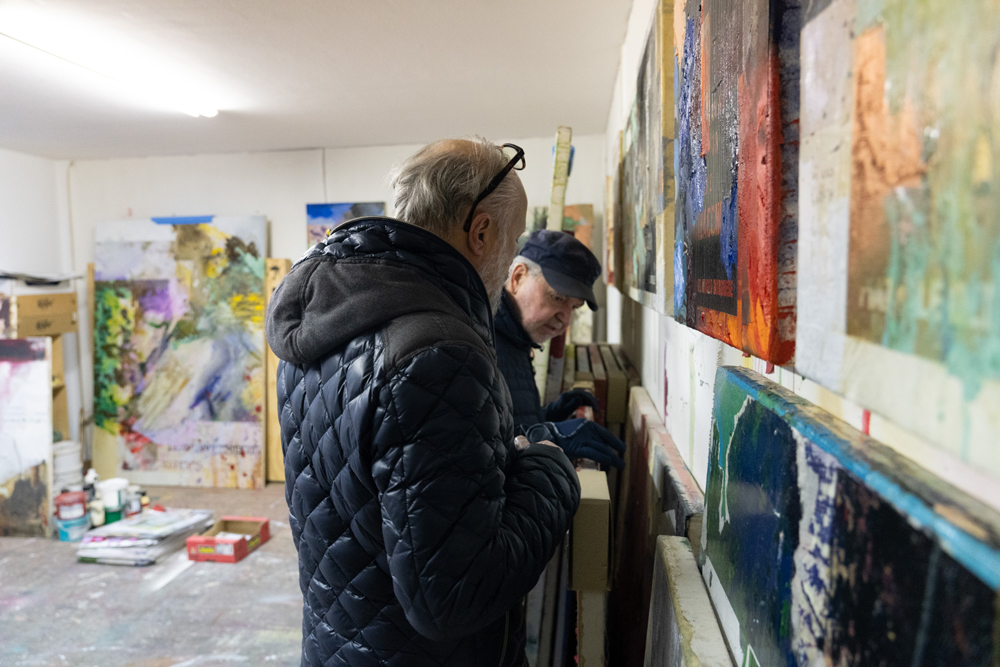
Peter Vahlefeld | Uncorporate Image at the Invitation of the Allianz Art Collection | 2024
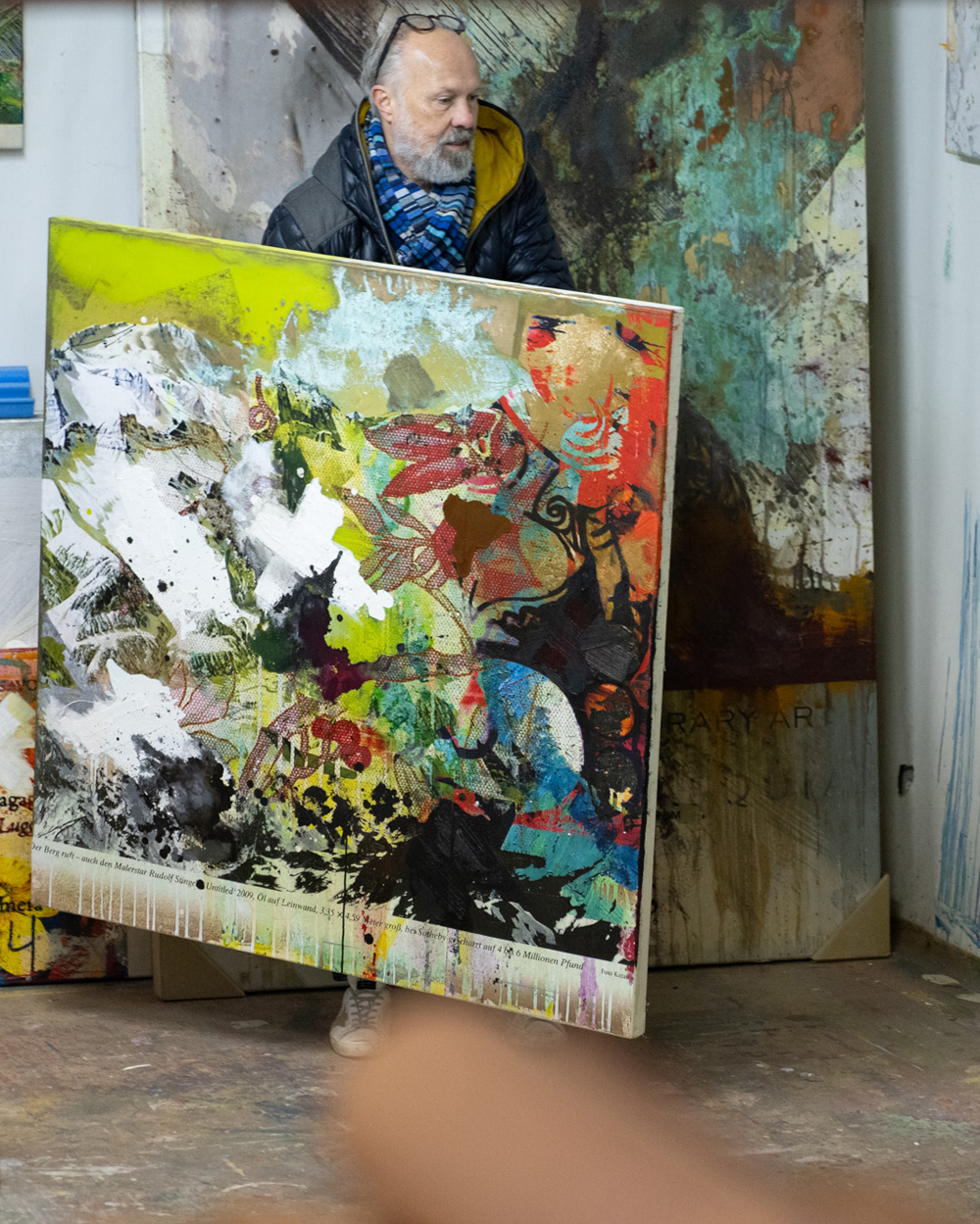
Peter Vahlefeld | Uncorporate Image at the Invitation of the Allianz Art Collection | 2024
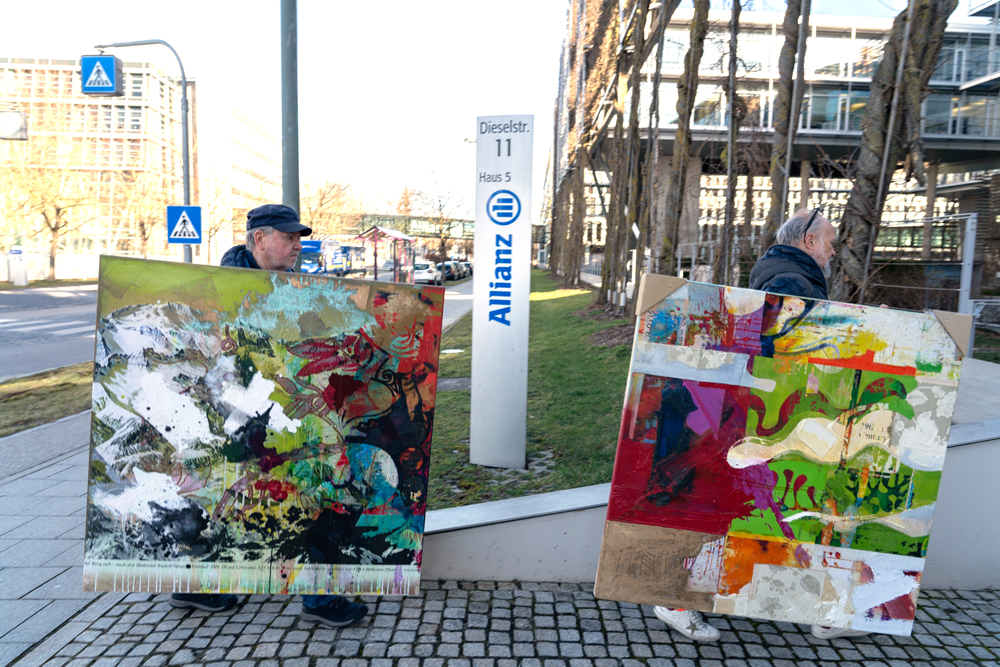
Peter Vahlefeld | Uncorporate Image at the Invitation of the Allianz Art Collection | 2024
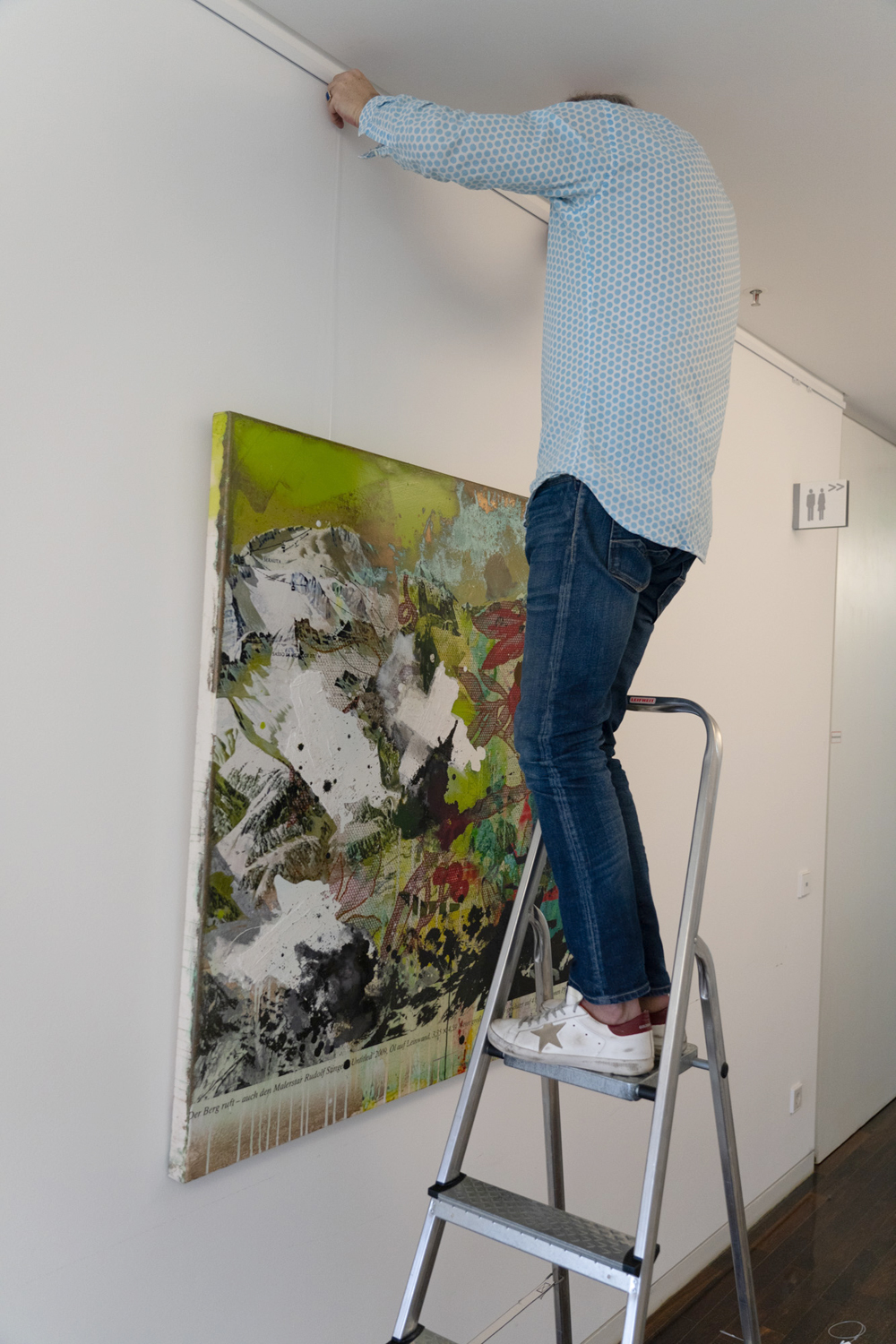
Peter Vahlefeld | Uncorporate Image at the Invitation of the Allianz Art Collection | 2024
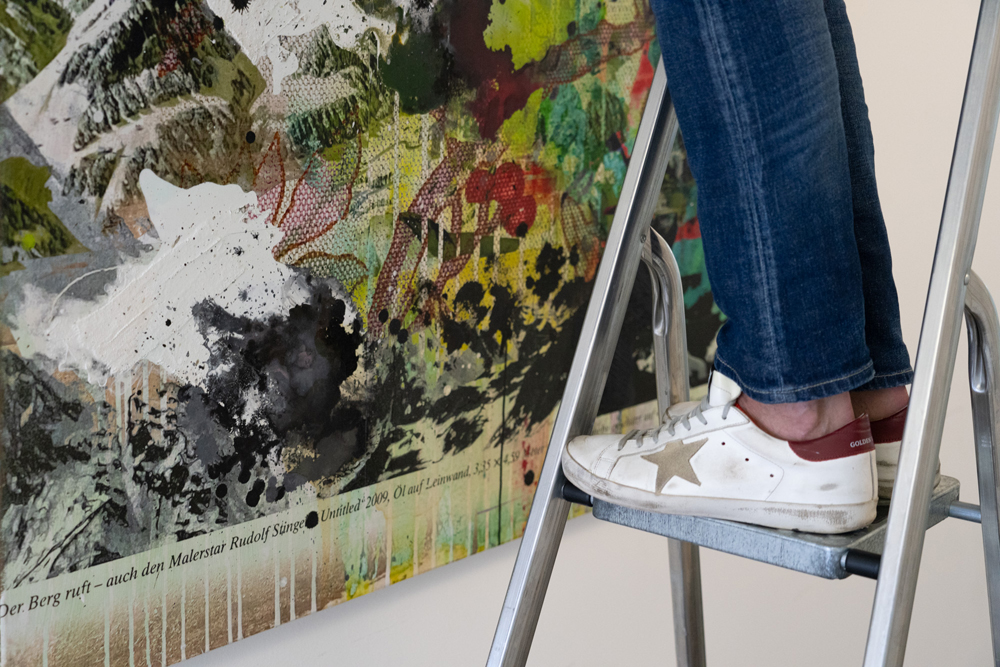
Peter Vahlefeld | Uncorporate Image at the Invitation of the Allianz Art Collection | 2024
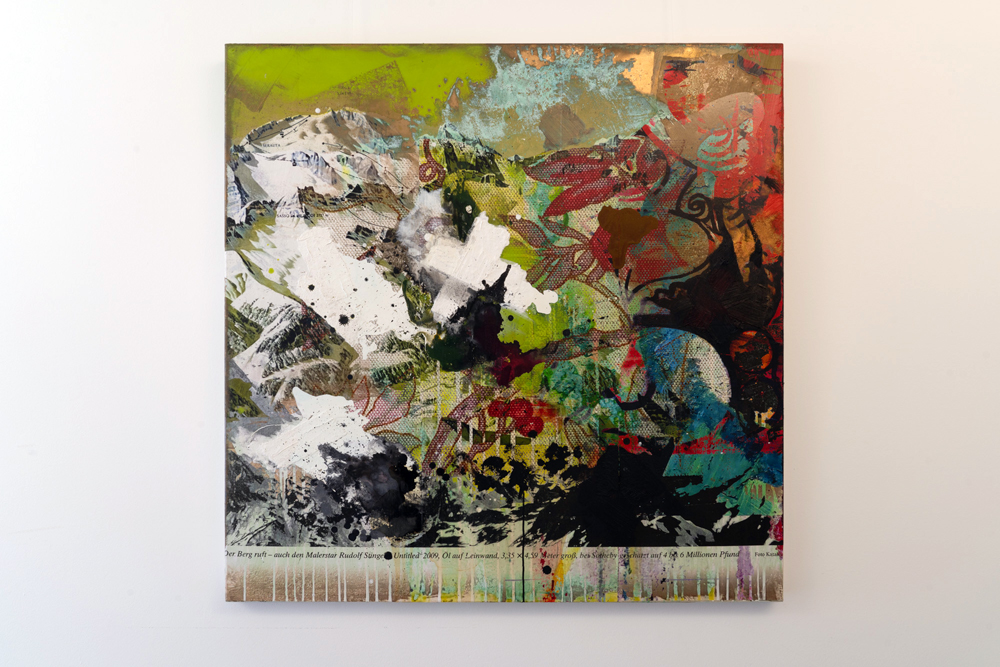
Peter Vahlefeld | Uncorporate Image at the Invitation of the Allianz Art Collection | 2024
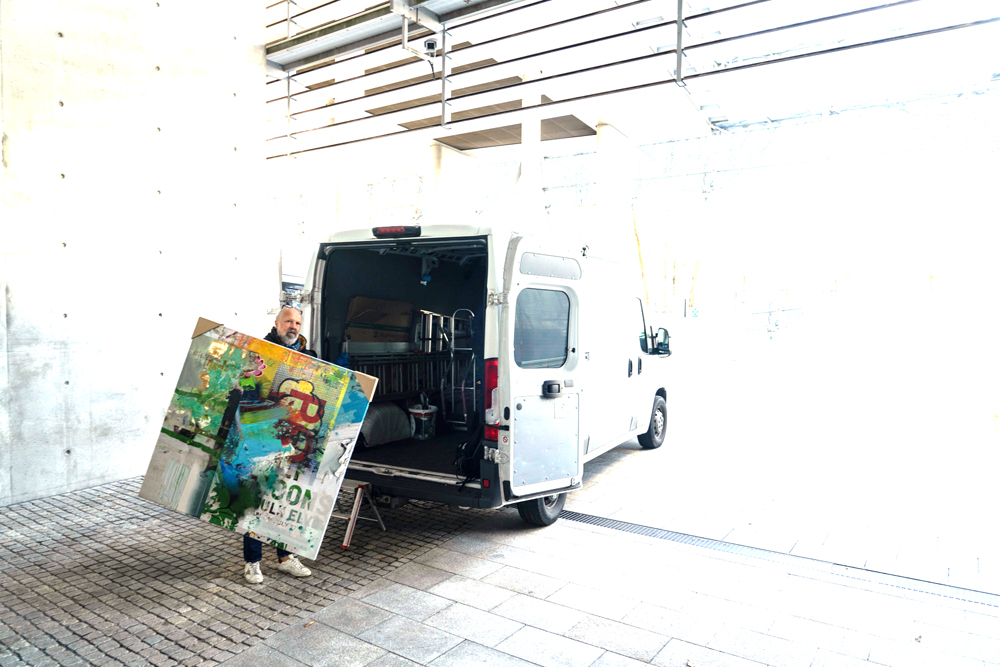
Peter Vahlefeld | Uncorporate Image at the Invitation of the Allianz Art Collection | 2024
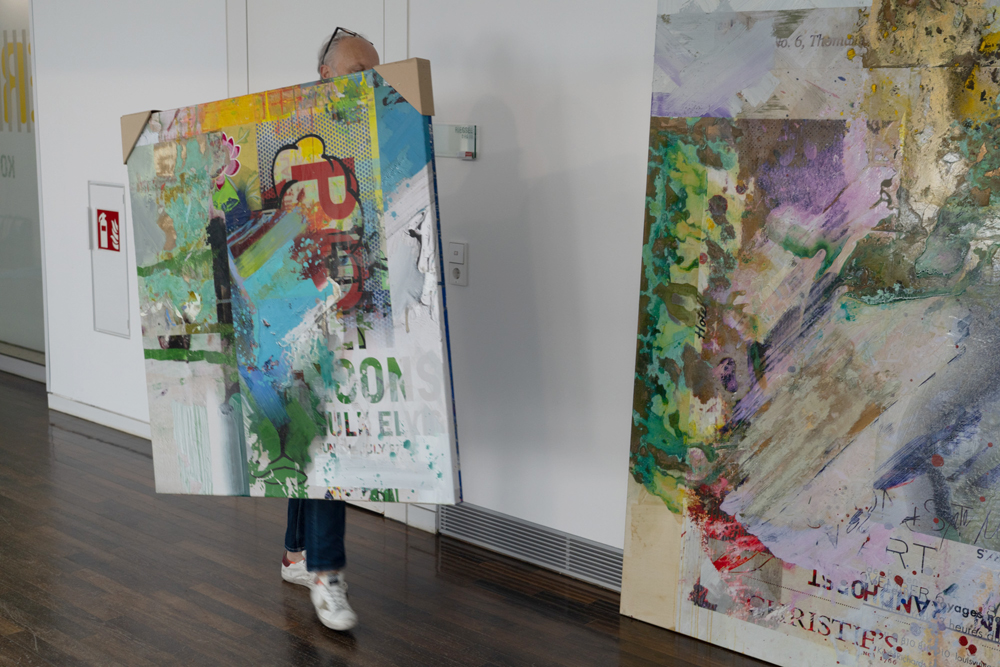
Peter Vahlefeld | Uncorporate Image at the Invitation of the Allianz Art Collection | 2024
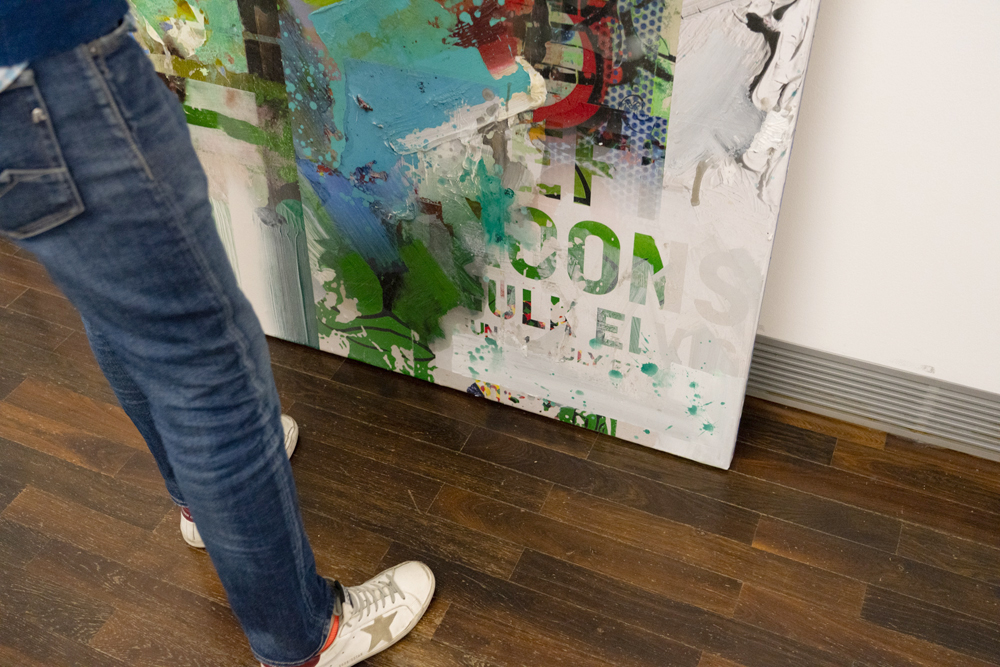
Peter Vahlefeld | Uncorporate Image at the Invitation of the Allianz Art Collection | 2024
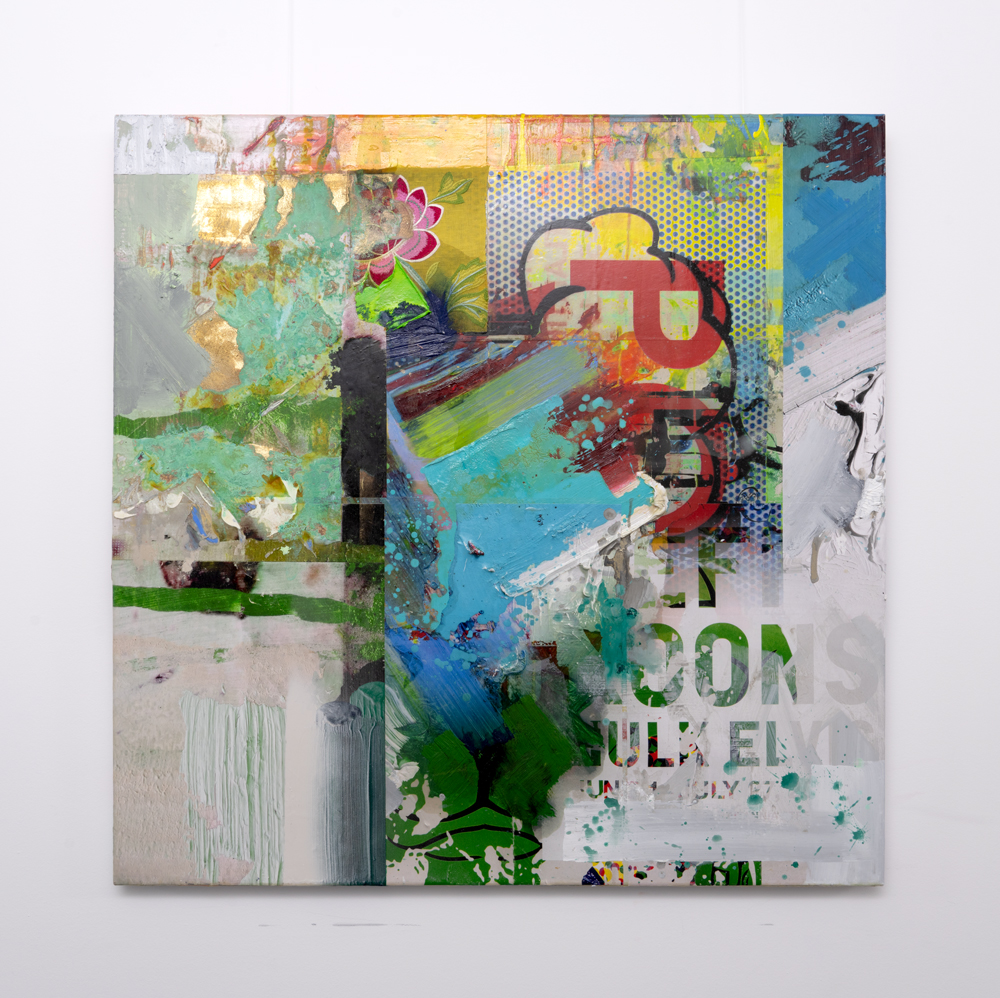
Peter Vahlefeld | Uncorporate Image at the Invitation of the Allianz Art Collection | 2024
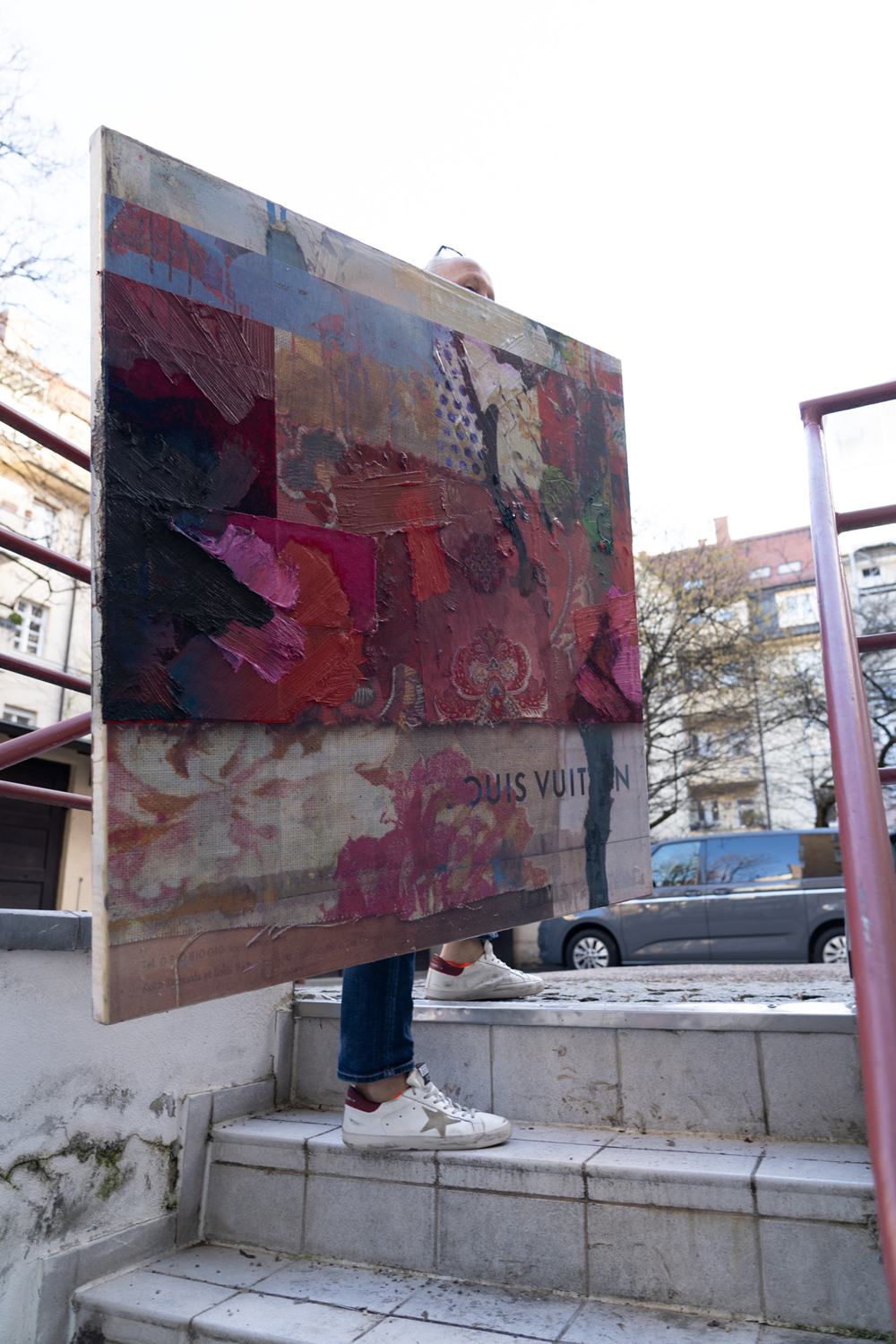
Peter Vahlefeld | Uncorporate Image at the Invitation of the Allianz Art Collection | 2024
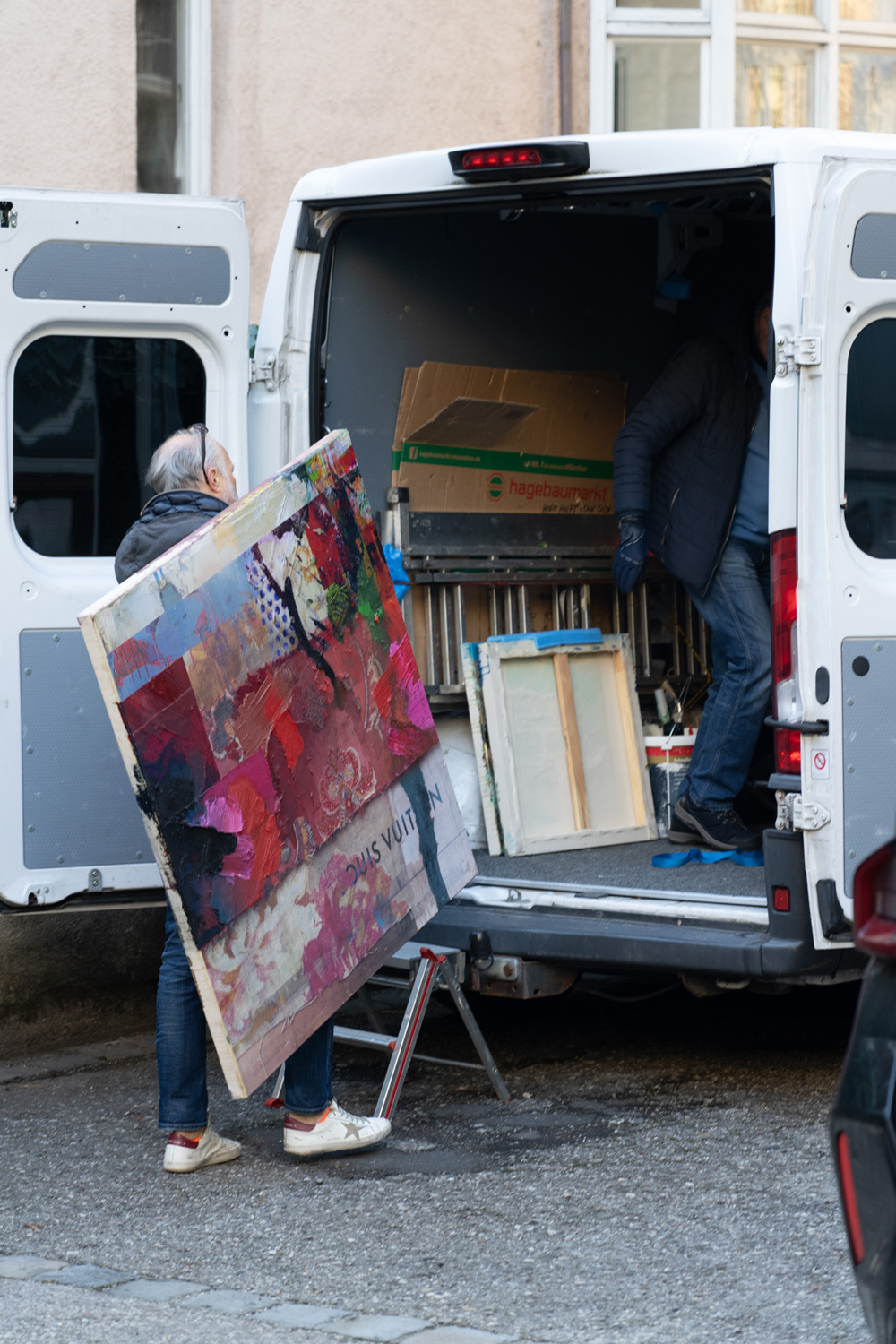
Peter Vahlefeld | Uncorporate Image at the Invitation of the Allianz Art Collection | 2024
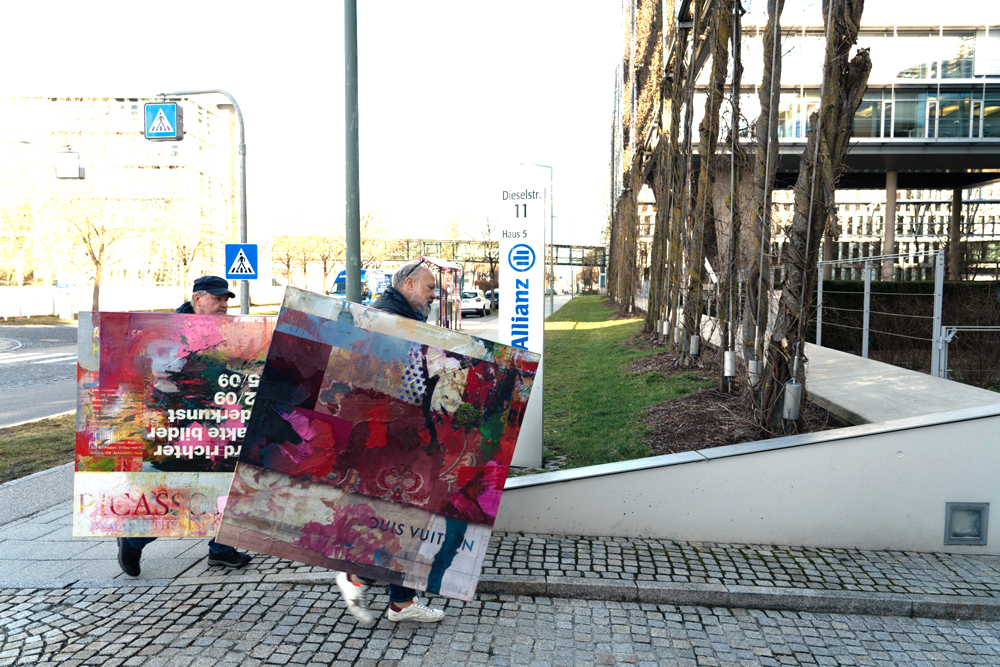
Peter Vahlefeld | Uncorporate Image at the Invitation of the Allianz Art Collection | 2024
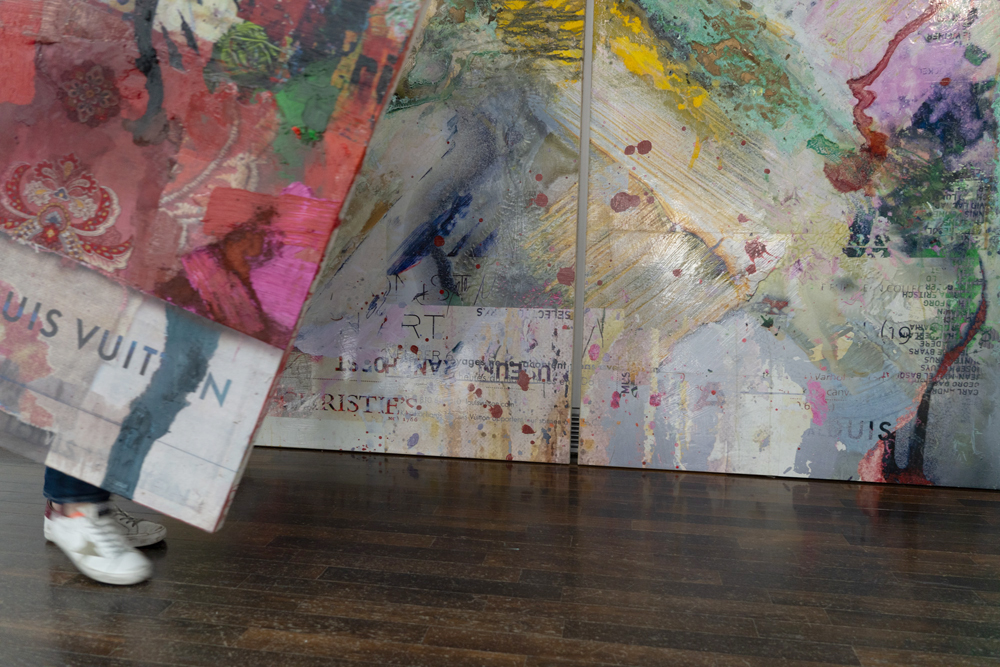
Peter Vahlefeld | Uncorporate Image at the Invitation of the Allianz Art Collection | 2024
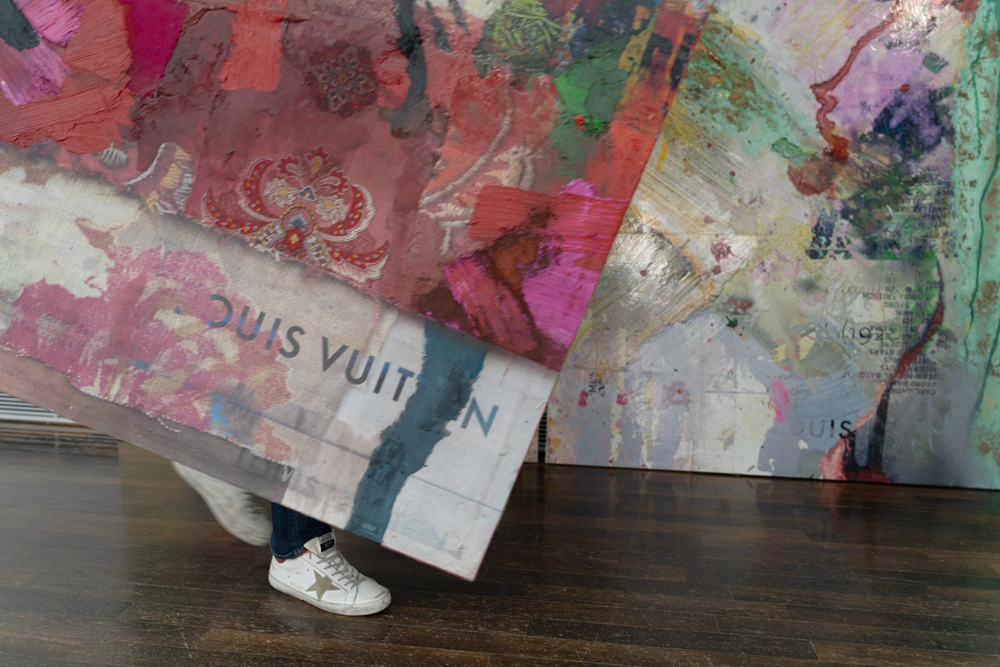
Peter Vahlefeld | Uncorporate Image at the Invitation of the Allianz Art Collection | 2024
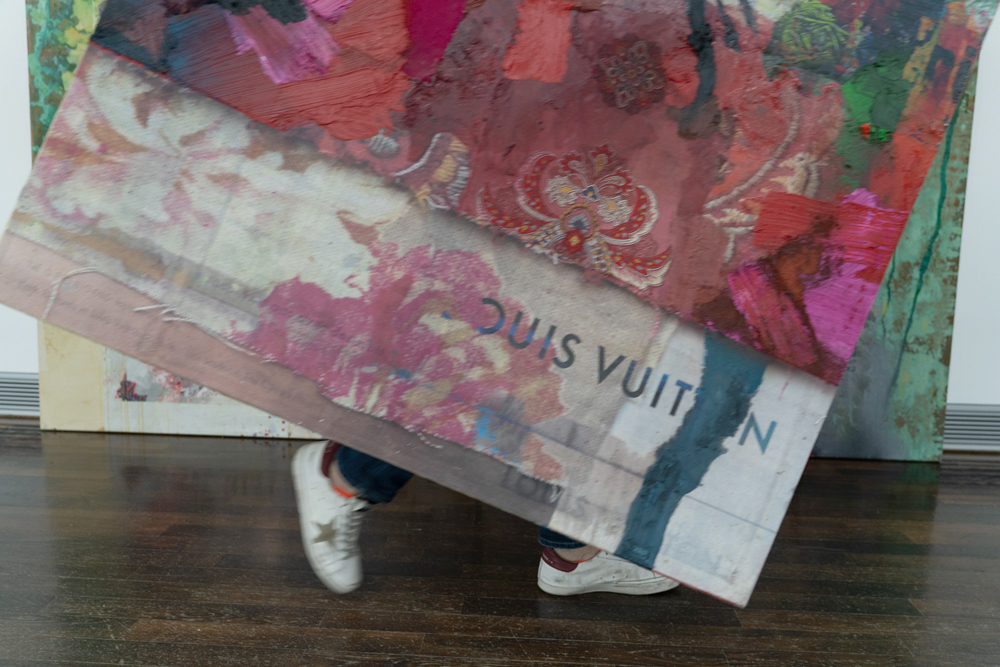
Peter Vahlefeld | Uncorporate Image at the Invitation of the Allianz Art Collection | 2024
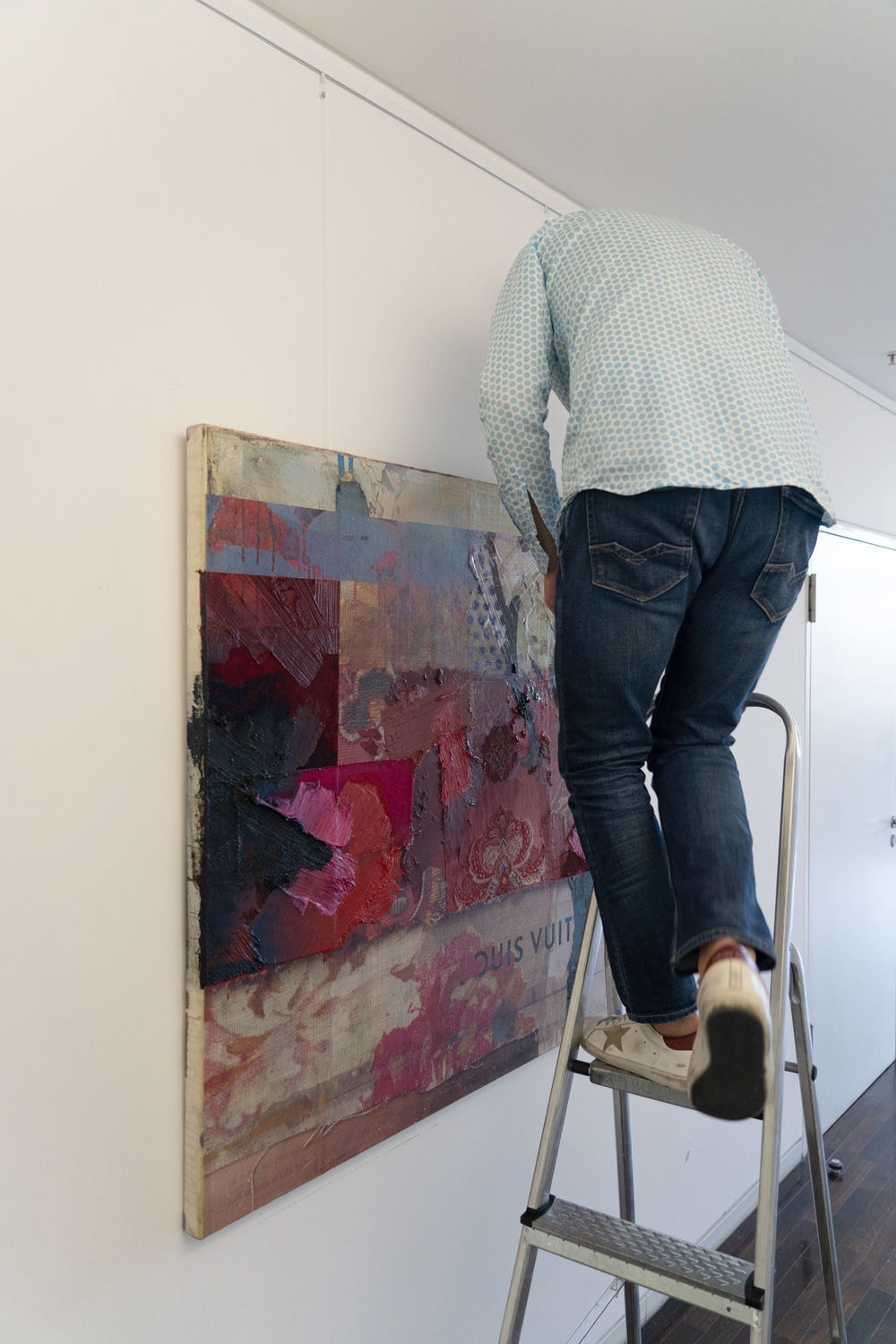
Peter Vahlefeld | Uncorporate Image at the Invitation of the Allianz Art Collection | 2024
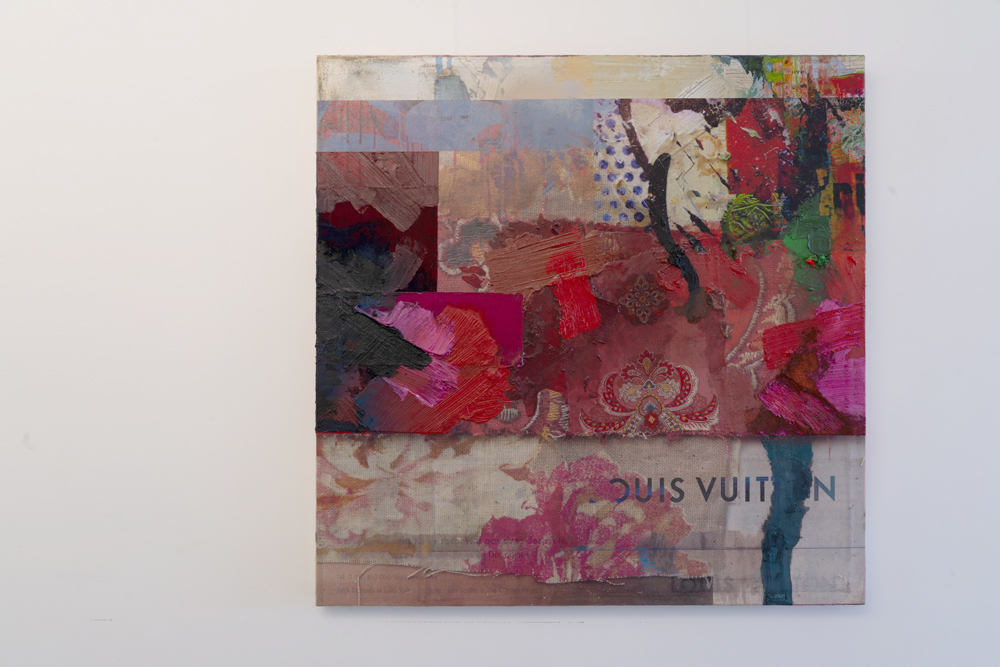
Peter Vahlefeld | Uncorporate Image at the Invitation of the Allianz Art Collection | 2024
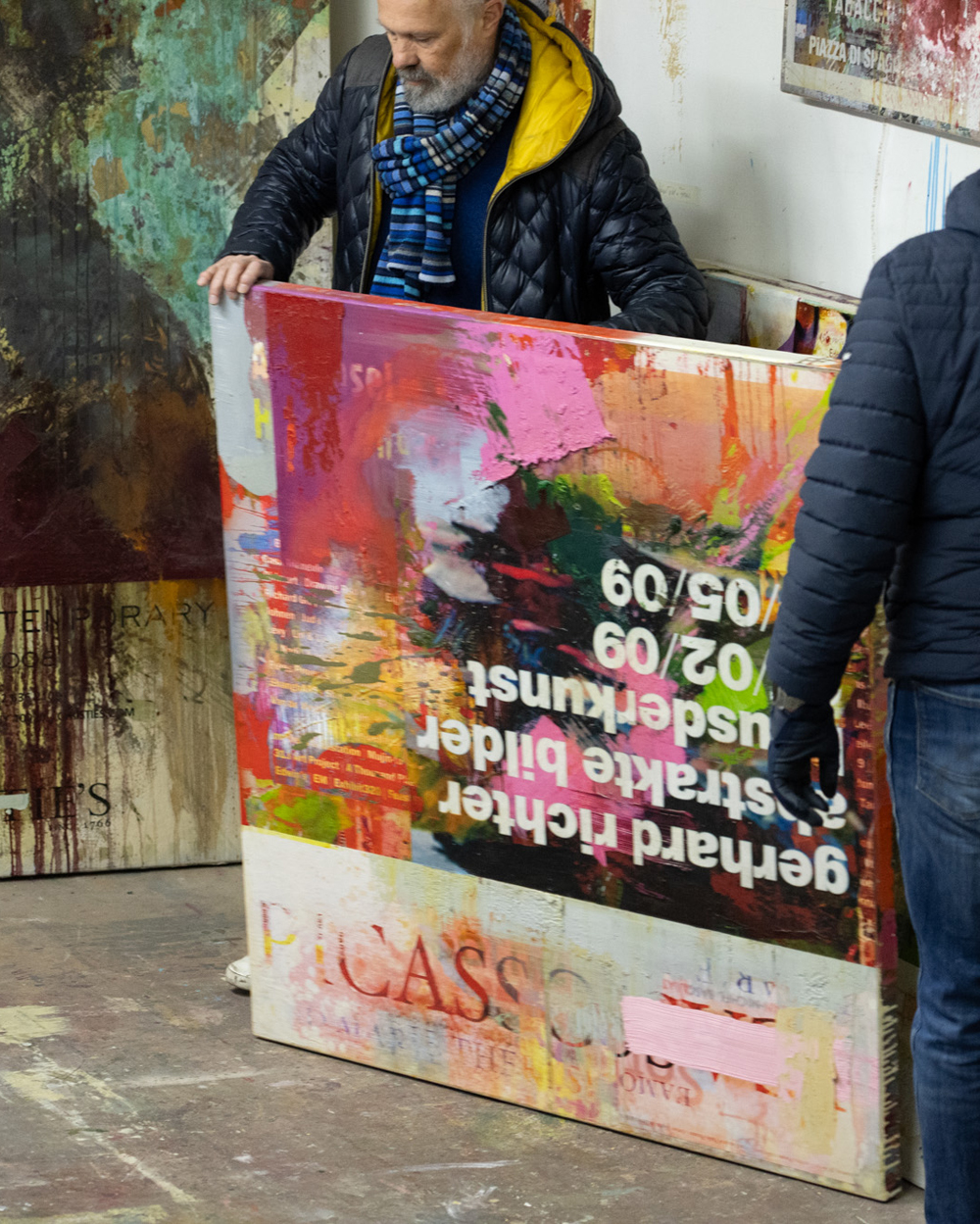
Peter Vahlefeld | Uncorporate Image at the Invitation of the Allianz Art Collection | 2024
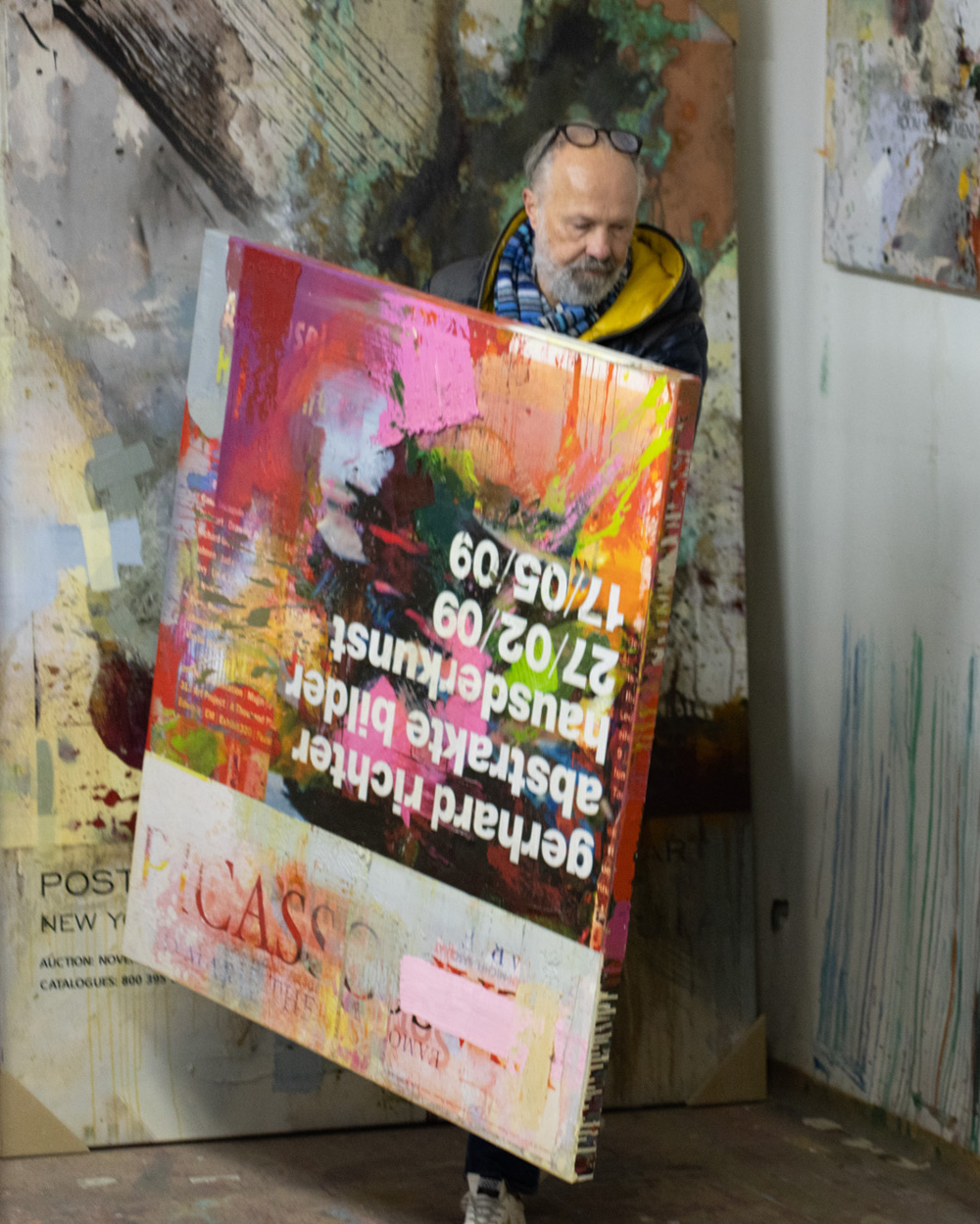
Peter Vahlefeld | Uncorporate Image at the Invitation of the Allianz Art Collection | 2024
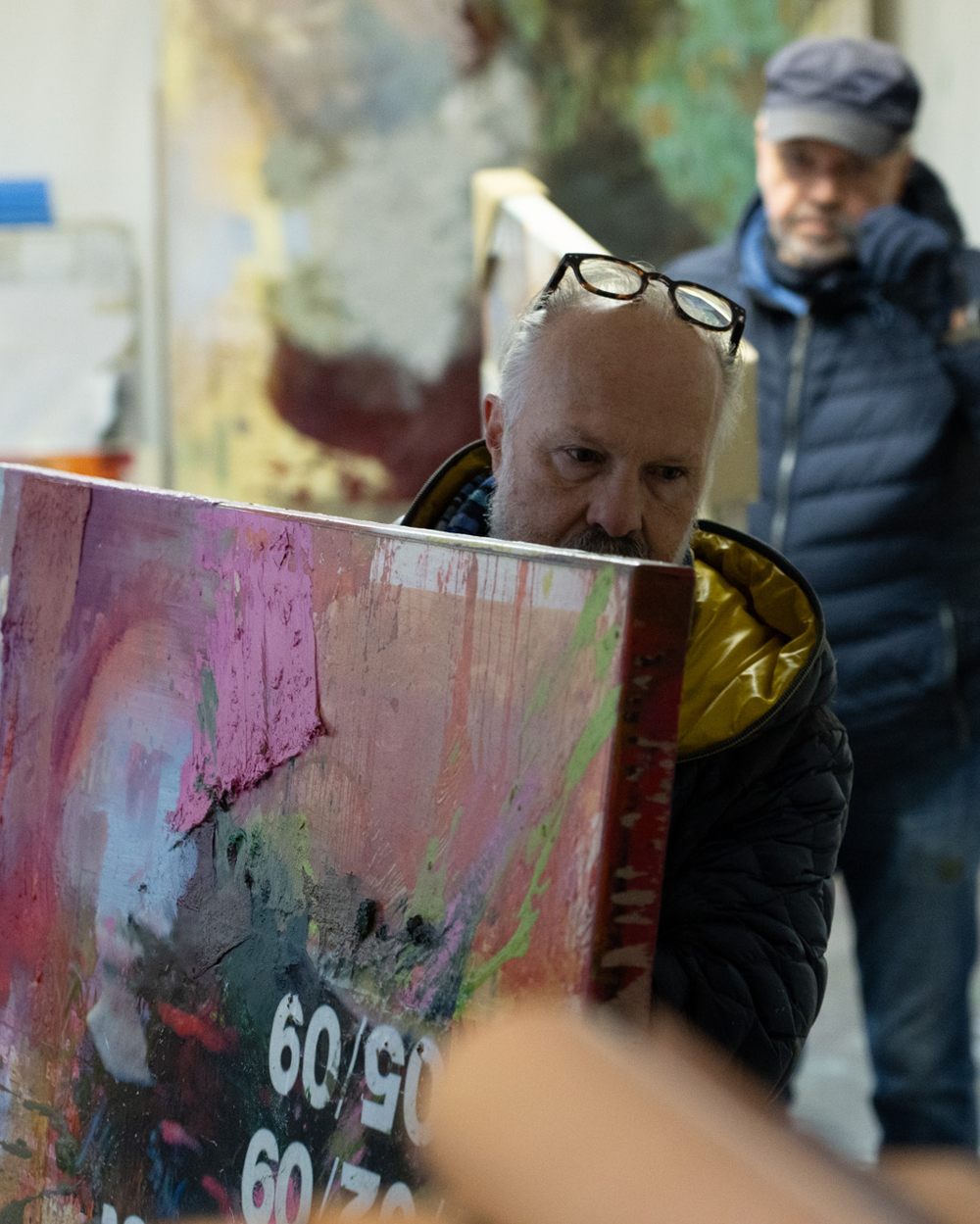
Peter Vahlefeld | Uncorporate Image at the Invitation of the Allianz Art Collection | 2024
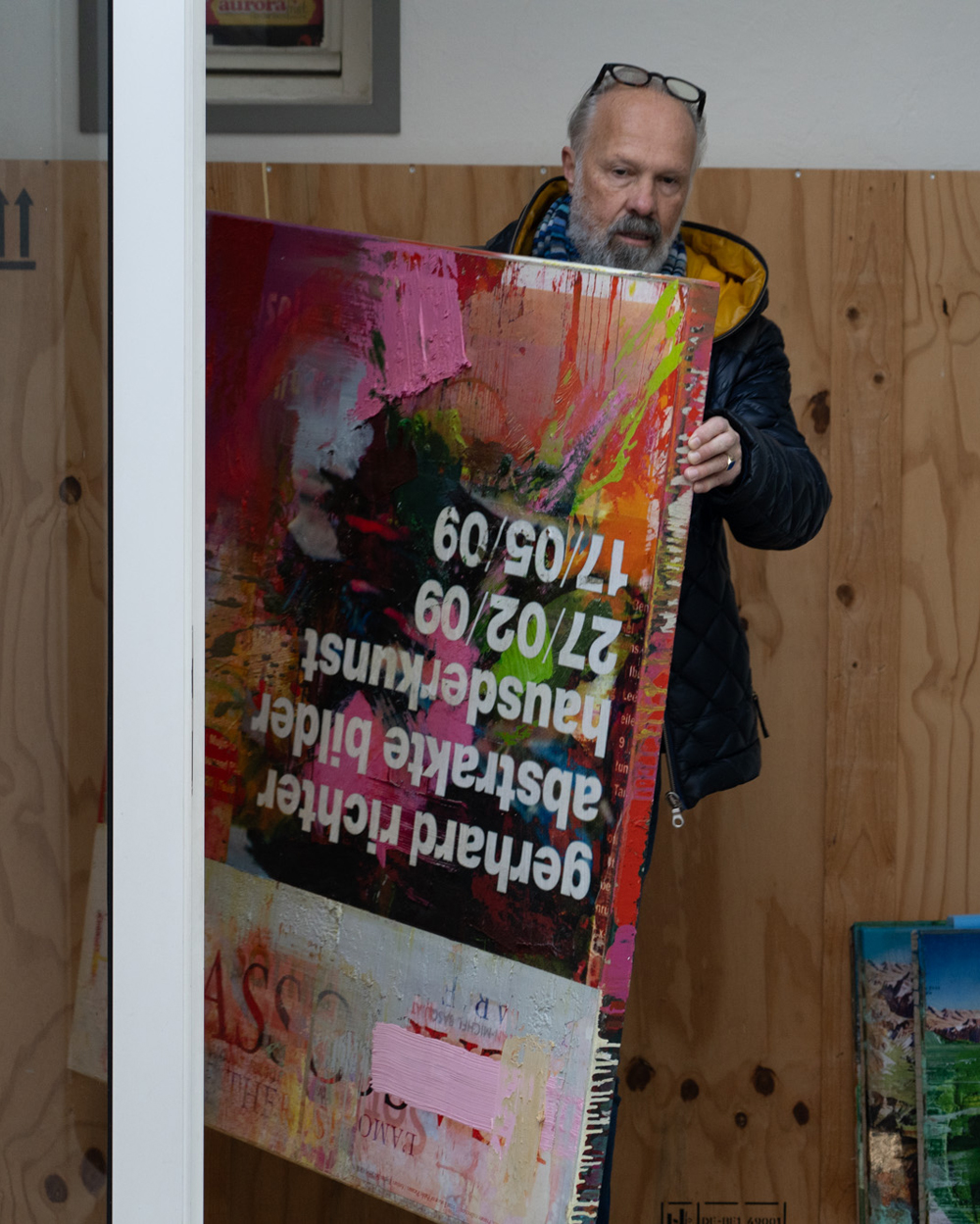
Peter Vahlefeld | Uncorporate Image at the Invitation of the Allianz Art Collection | 2024
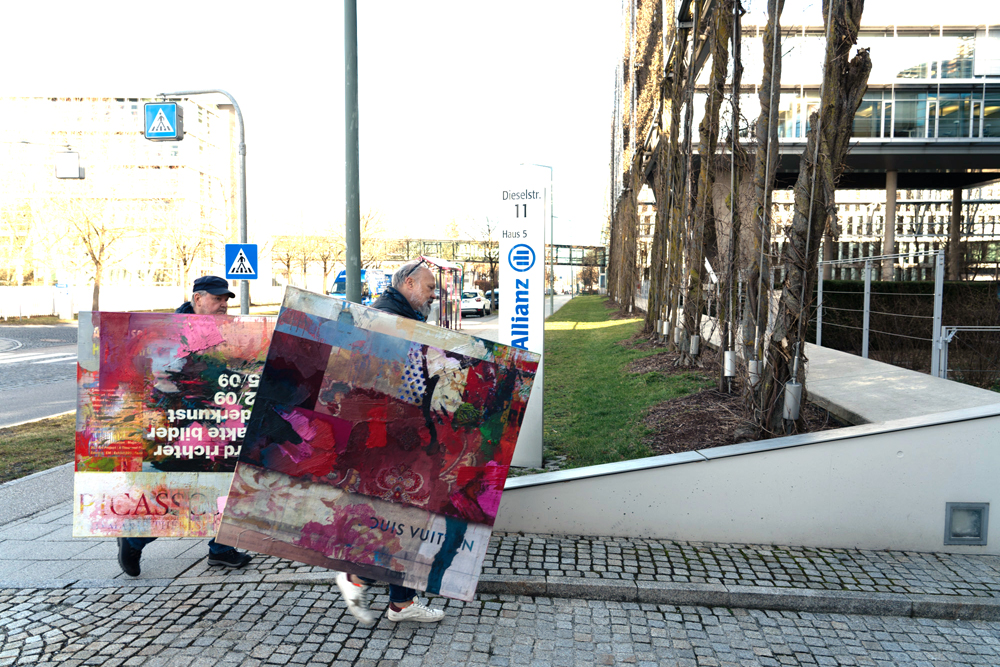
Peter Vahlefeld | Uncorporate Image at the Invitation of the Allianz Art Collection | 2024
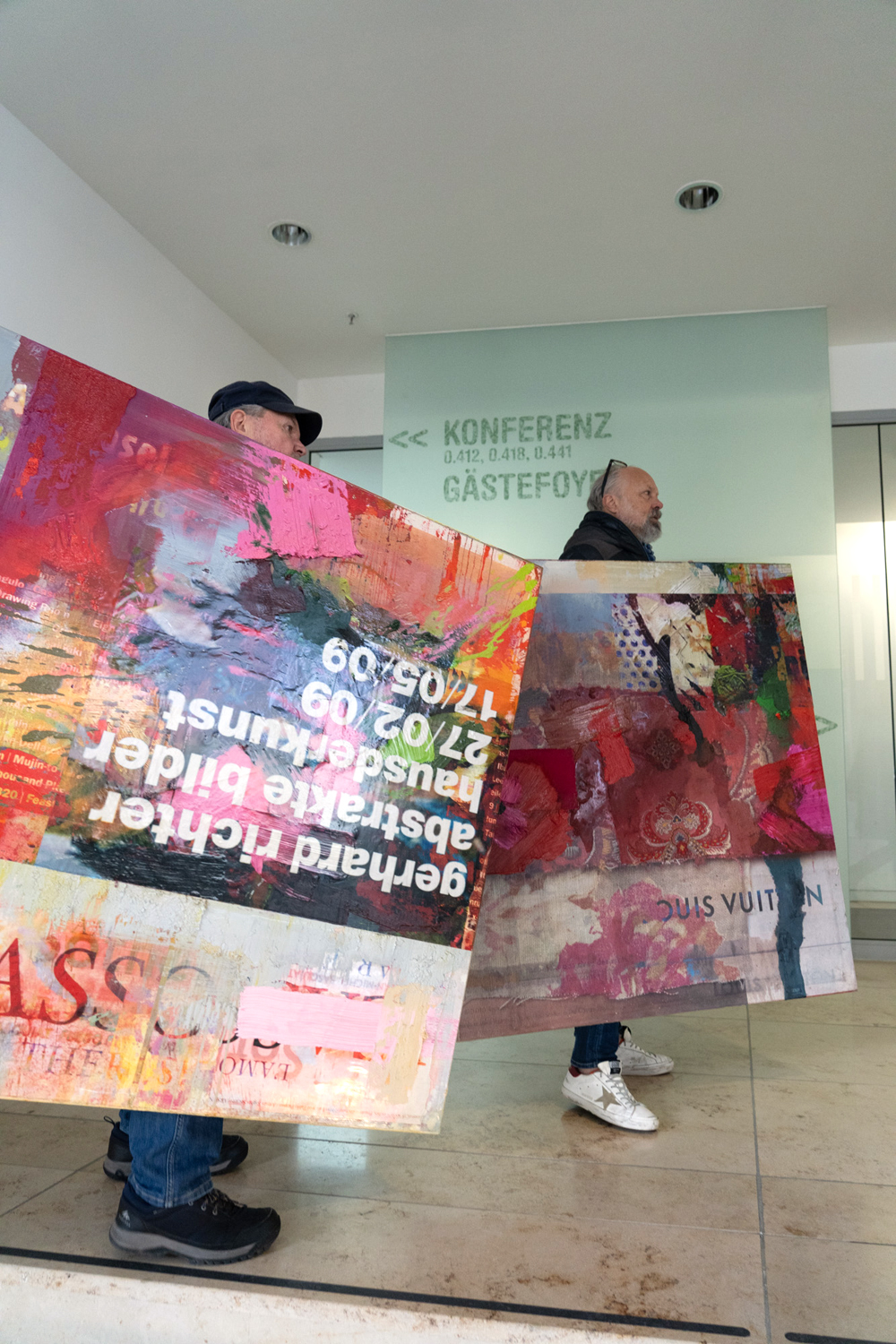
Peter Vahlefeld | Uncorporate Image at the Invitation of the Allianz Art Collection | 2024
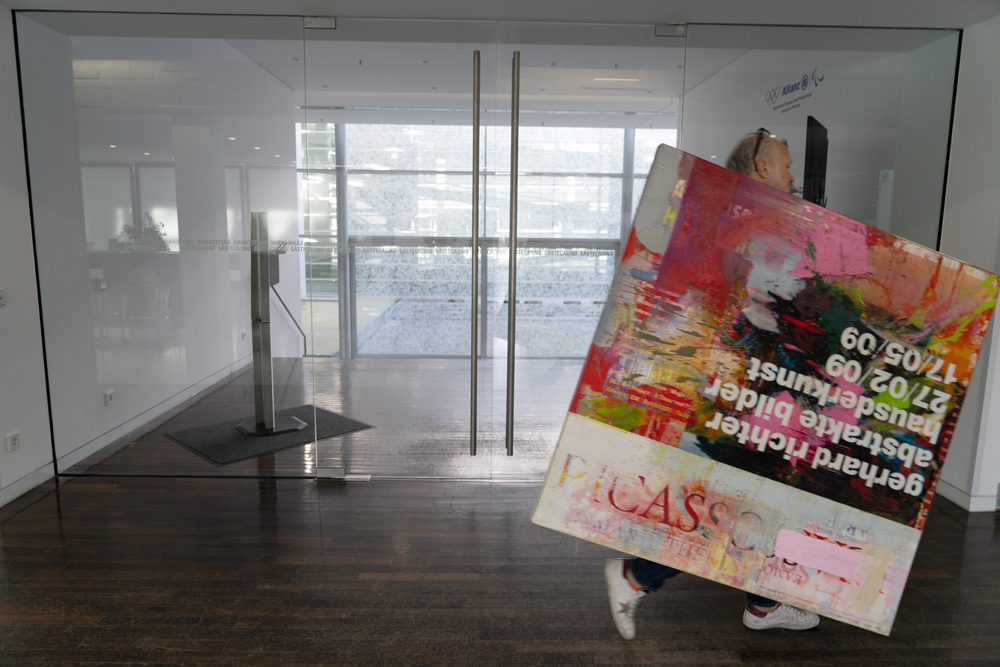
Peter Vahlefeld | Uncorporate Image at the Invitation of the Allianz Art Collection | 2024
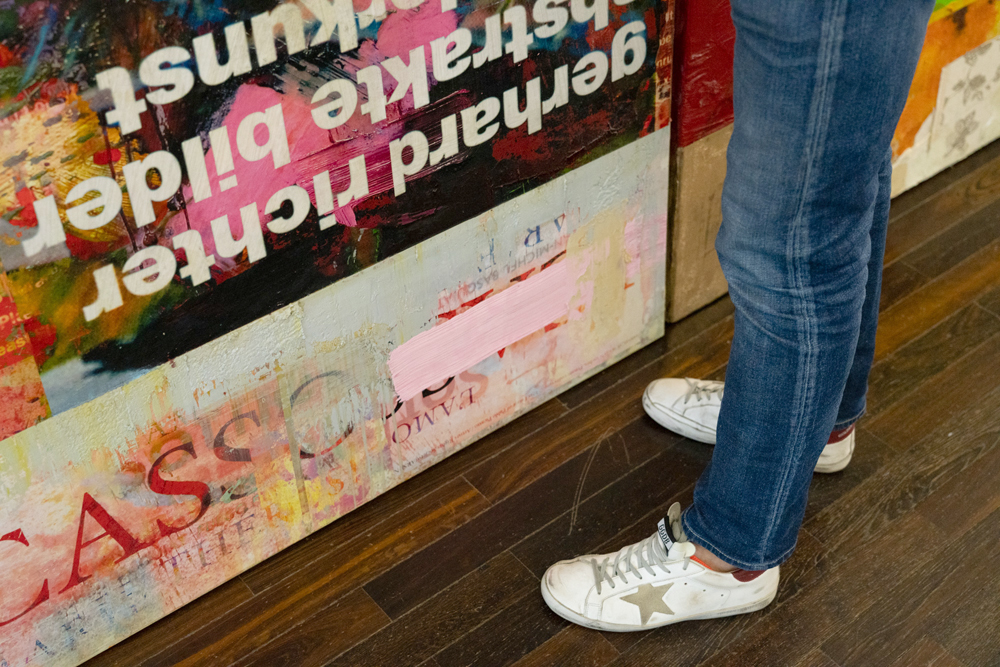
Peter Vahlefeld | Uncorporate Image at the Invitation of the Allianz Art Collection | 2024
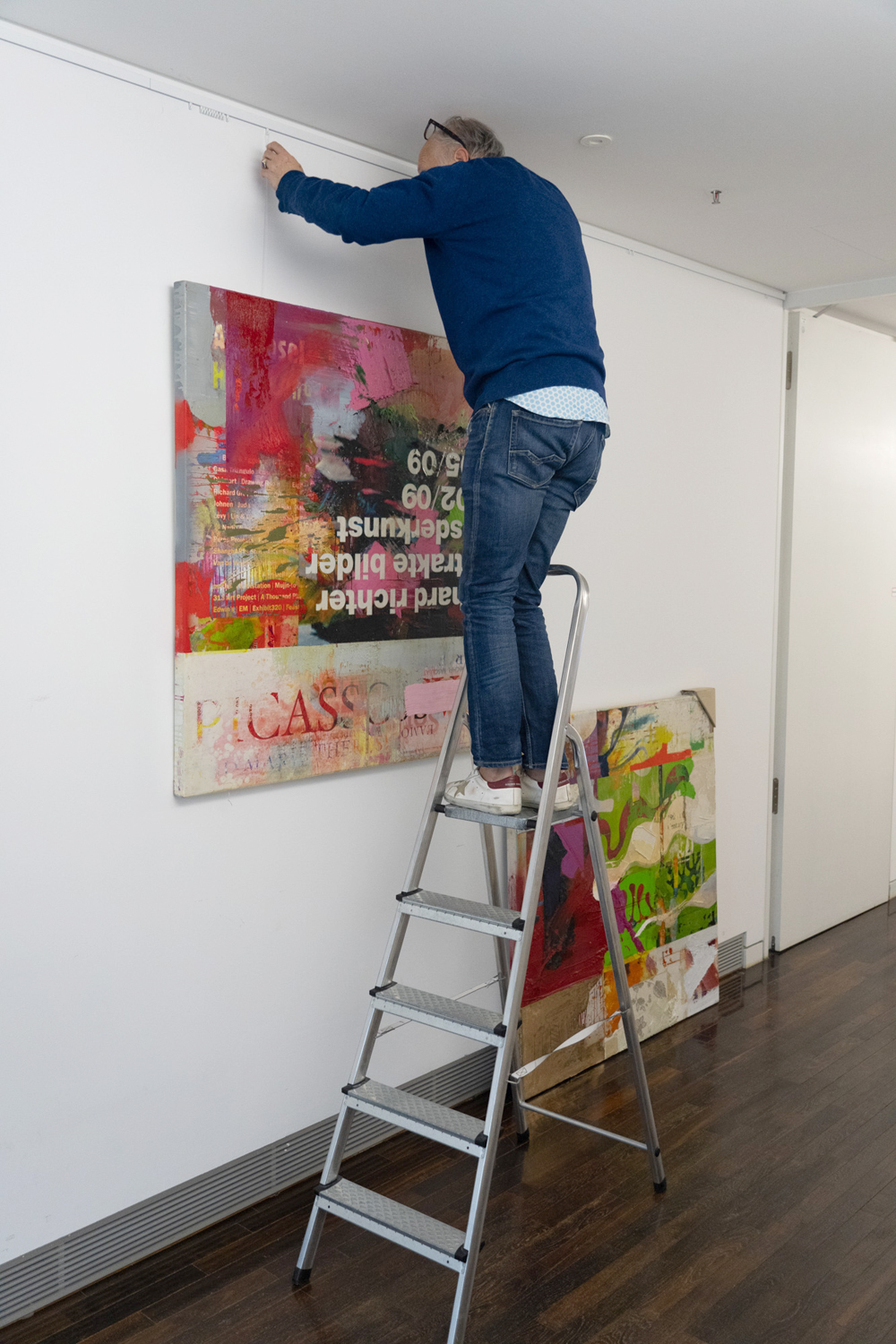
Peter Vahlefeld | Uncorporate Image at the Invitation of the Allianz Art Collection | 2024
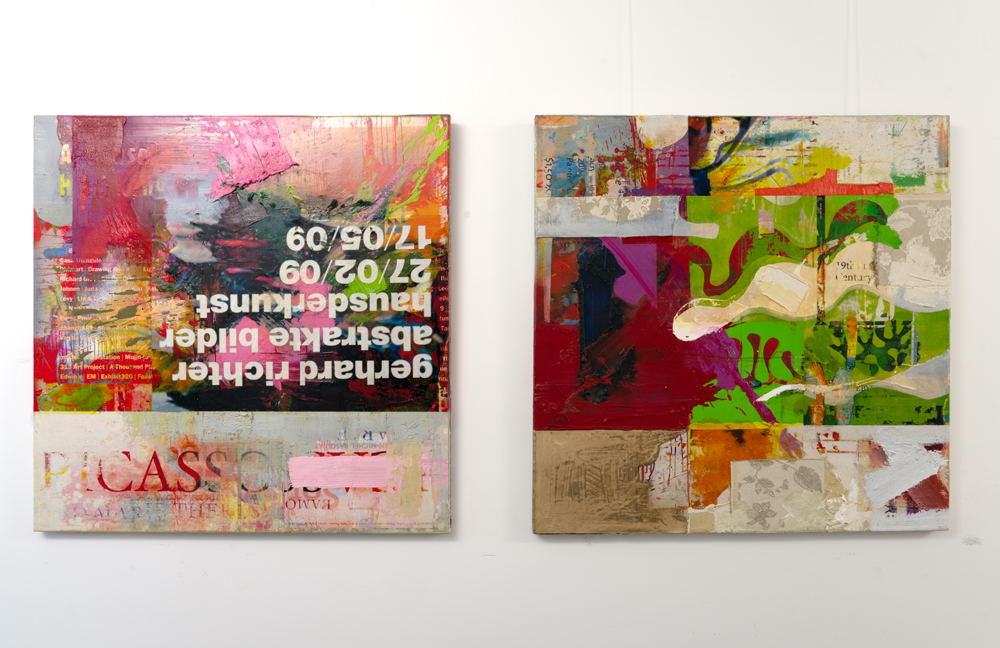
Peter Vahlefeld | Uncorporate Image at the Invitation of the Allianz Art Collection | 2024
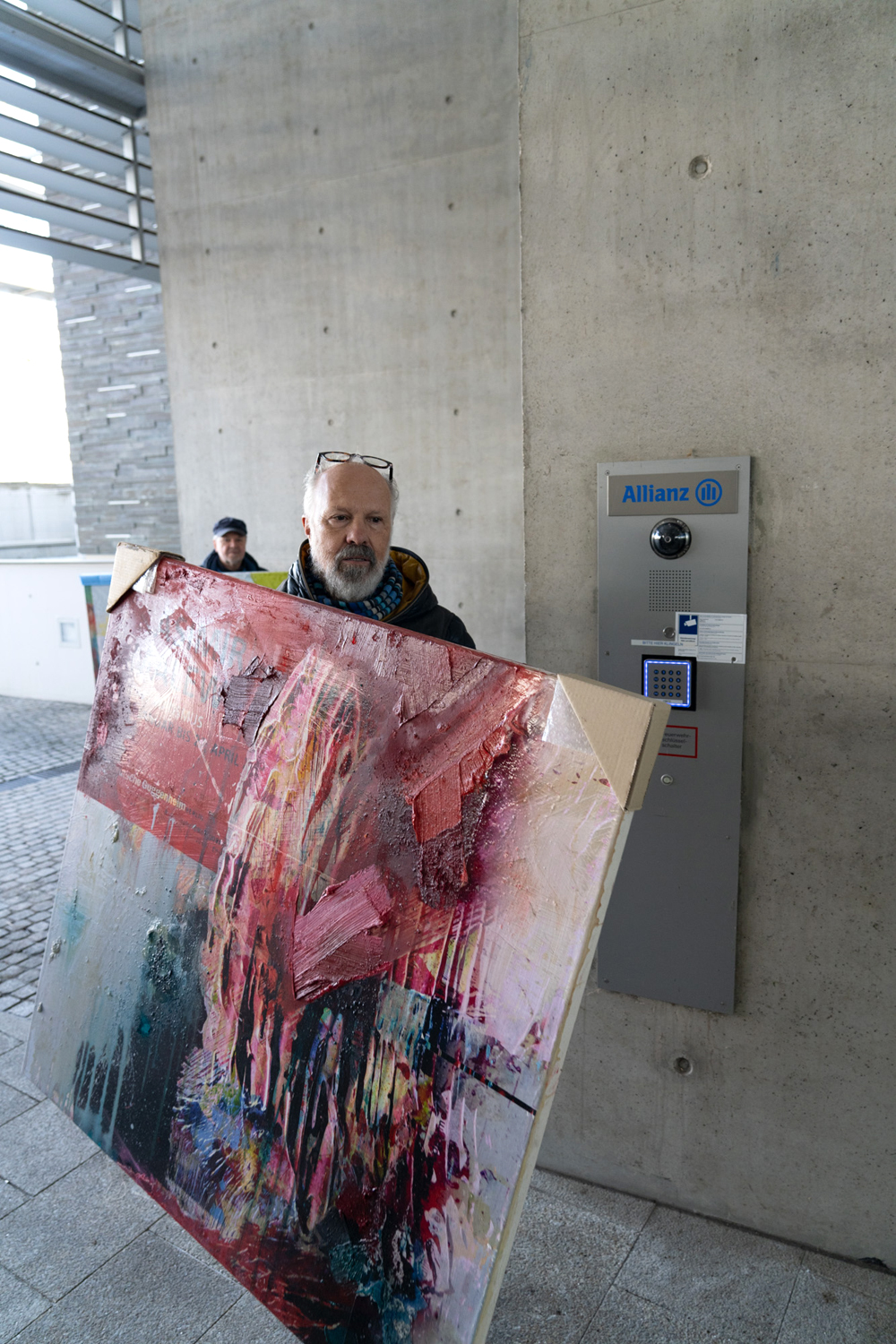
Peter Vahlefeld | Uncorporate Image at the Invitation of the Allianz Art Collection | 2024
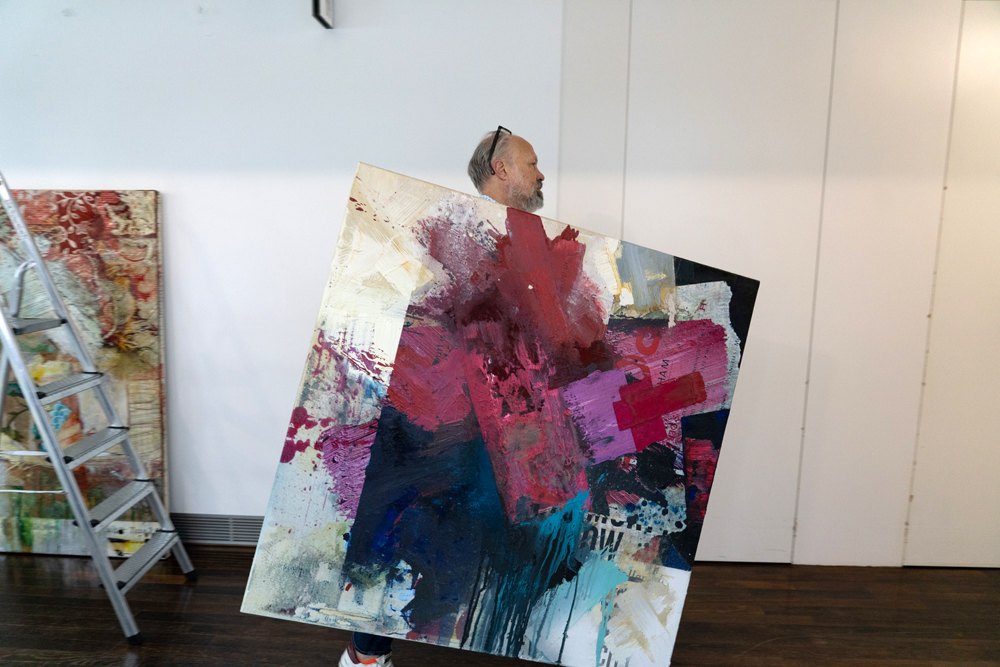
Peter Vahlefeld | Uncorporate Image at the Invitation of the Allianz Art Collection | 2024
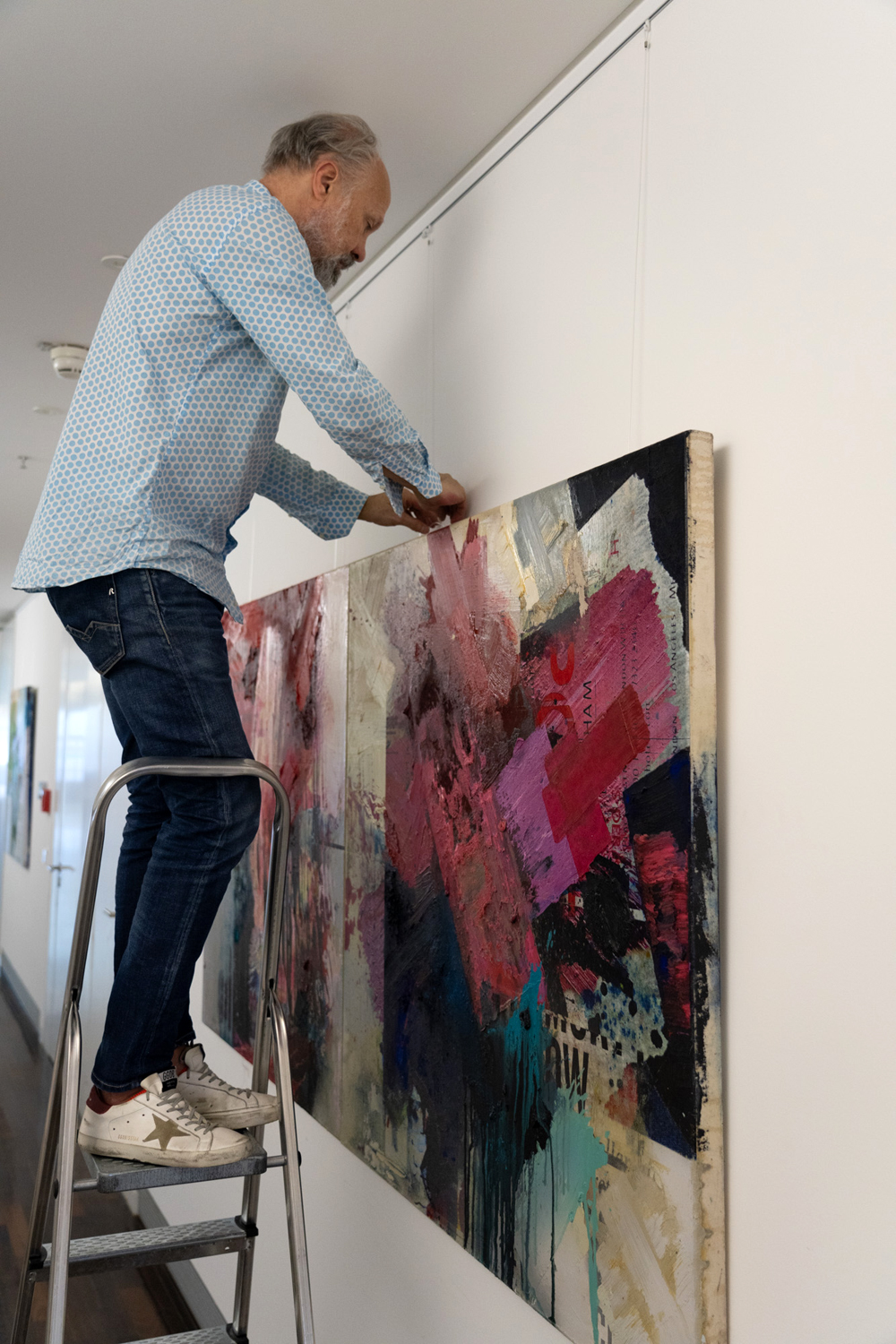
Peter Vahlefeld | Uncorporate Image at the Invitation of the Allianz Art Collection | 2024
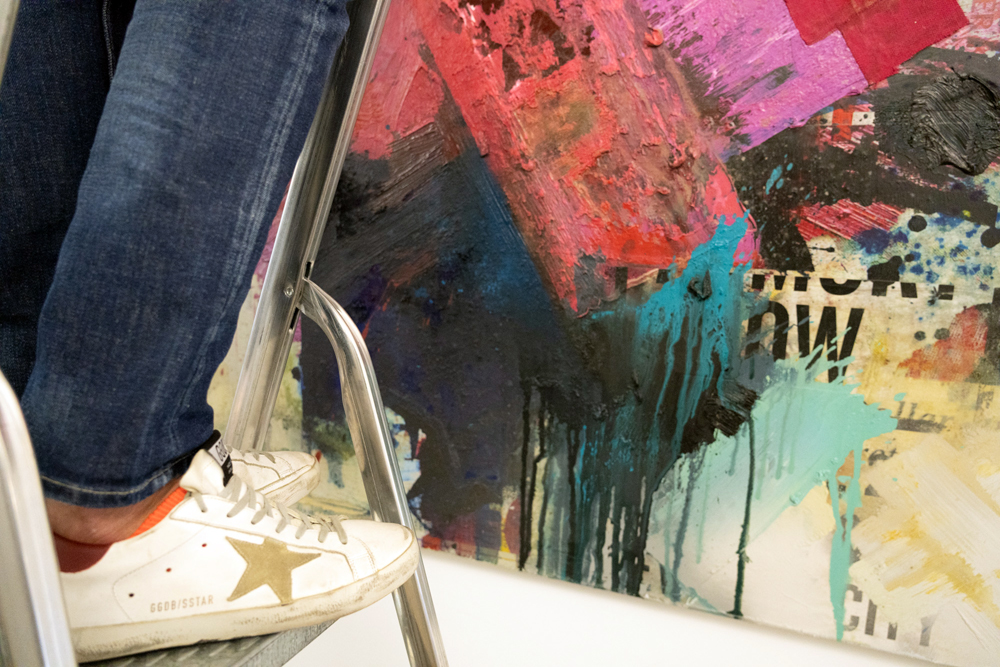
Peter Vahlefeld | Uncorporate Image at the Invitation of the Allianz Art Collection | 2024
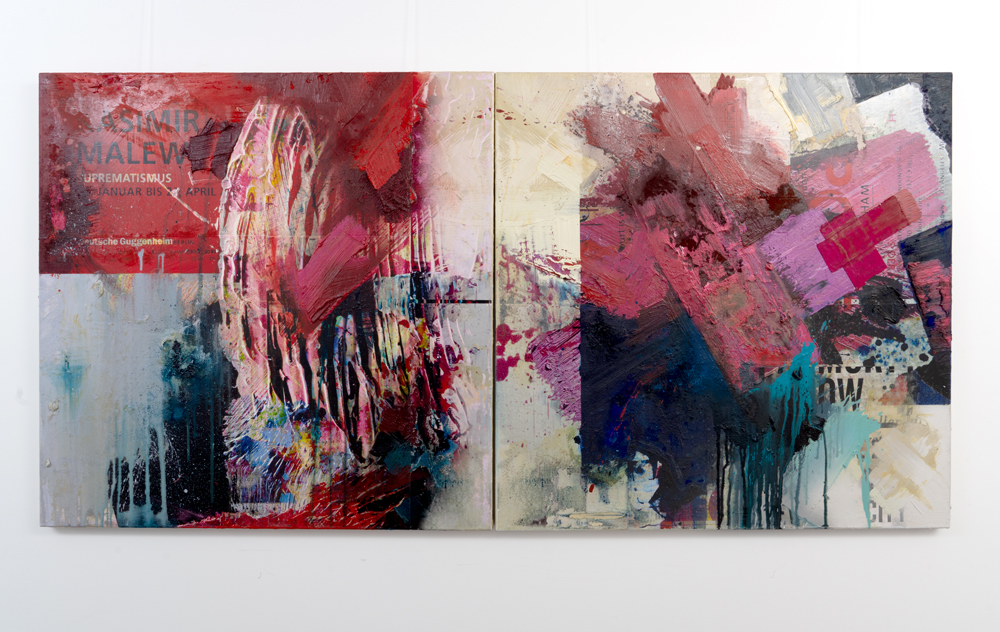
Peter Vahlefeld | Uncorporate Image at the Invitation of the Allianz Art Collection | 2024
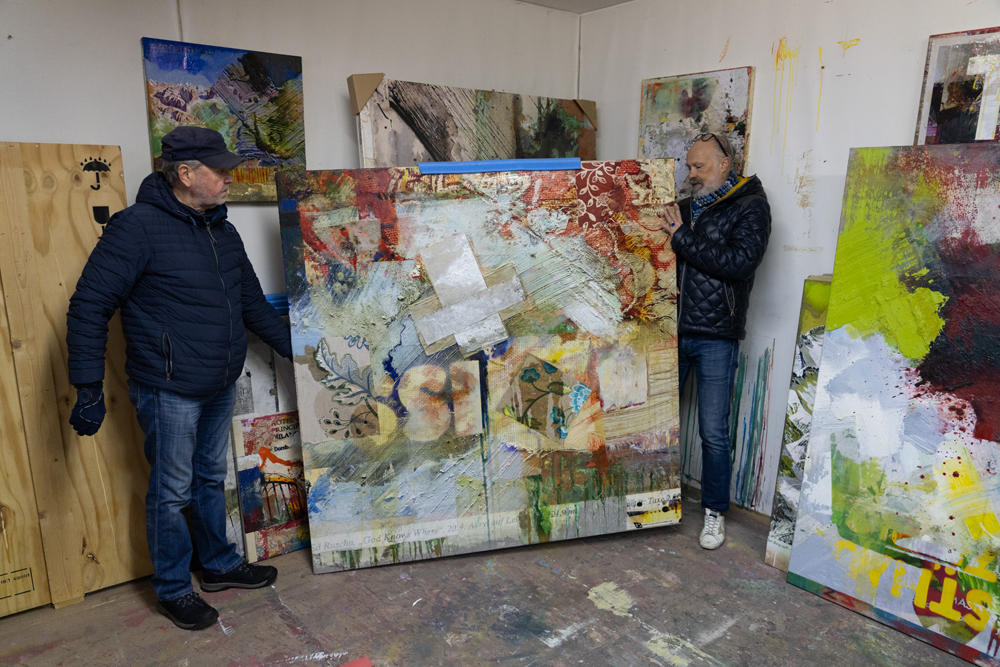
Peter Vahlefeld | Uncorporate Image at the Invitation of the Allianz Art Collection | 2024
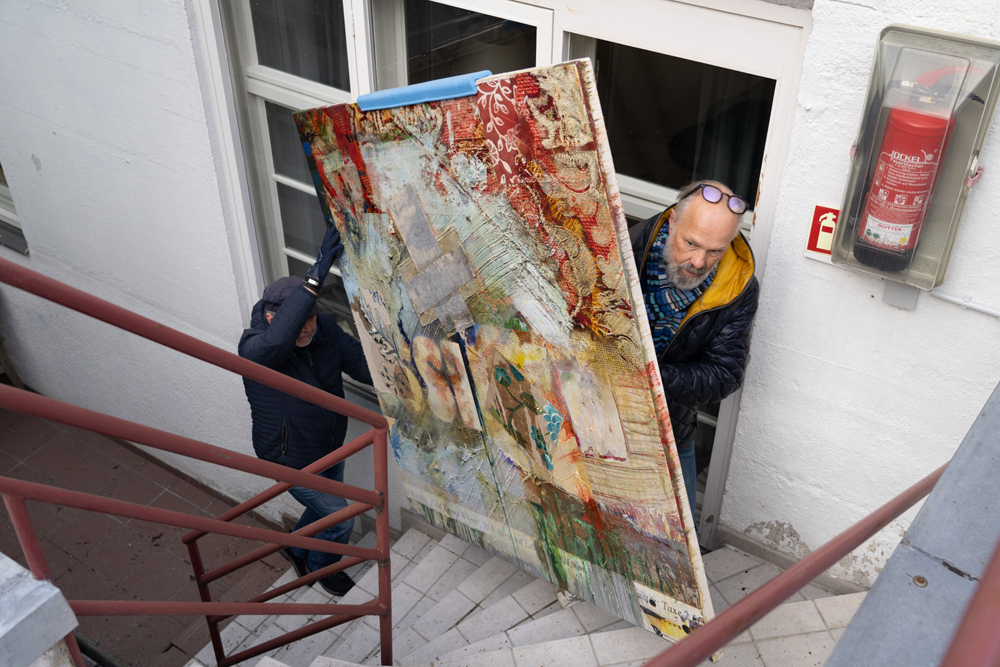
Peter Vahlefeld | Uncorporate Image at the Invitation of the Allianz Art Collection | 2024
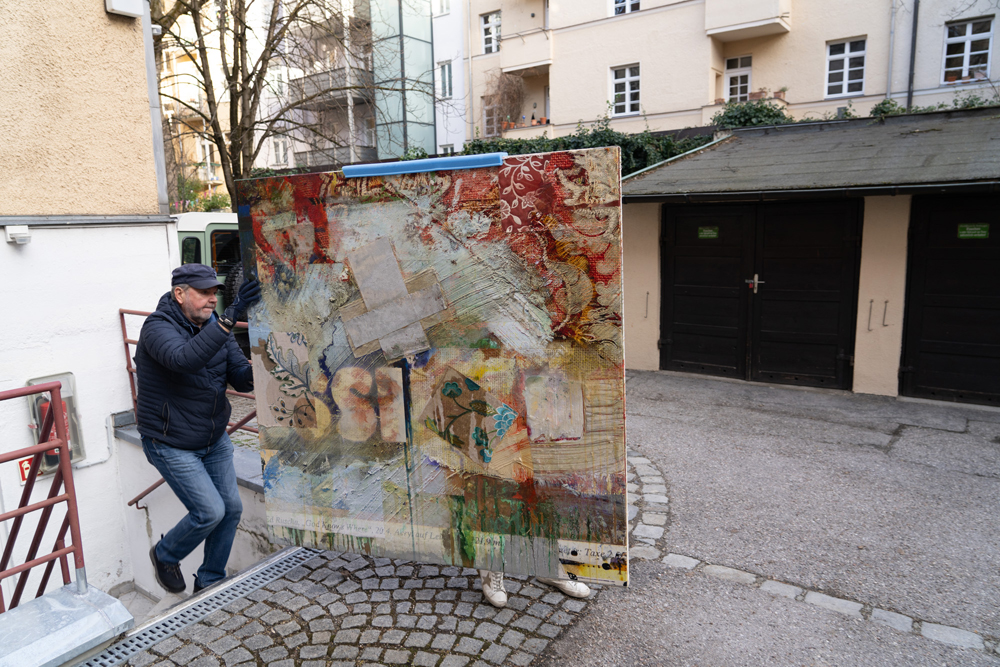
Peter Vahlefeld | Uncorporate Image at the Invitation of the Allianz Art Collection | 2024
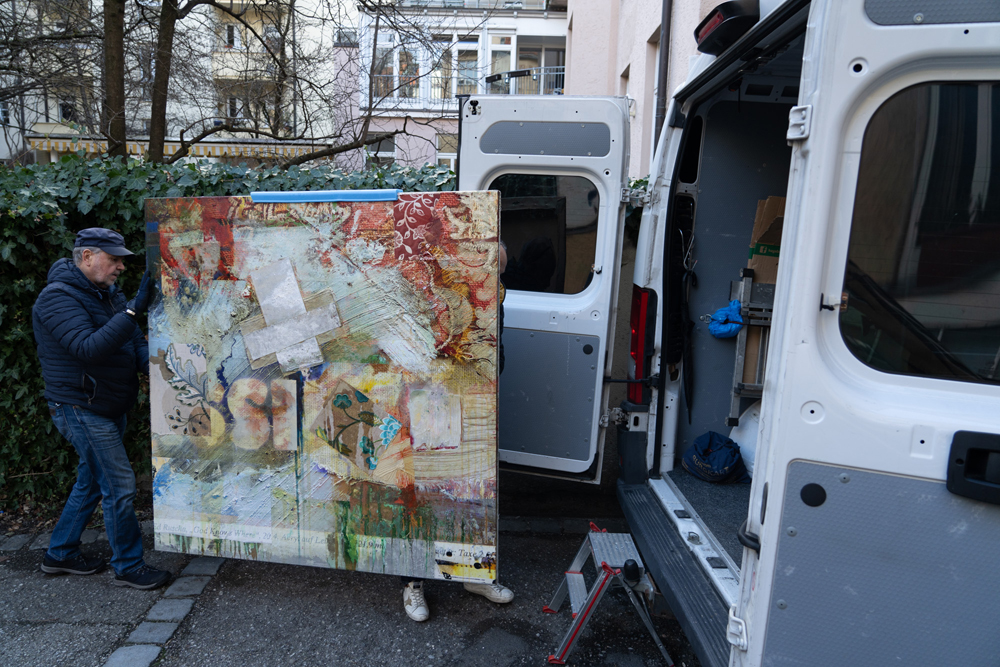
Peter Vahlefeld | Uncorporate Image at the Invitation of the Allianz Art Collection | 2024
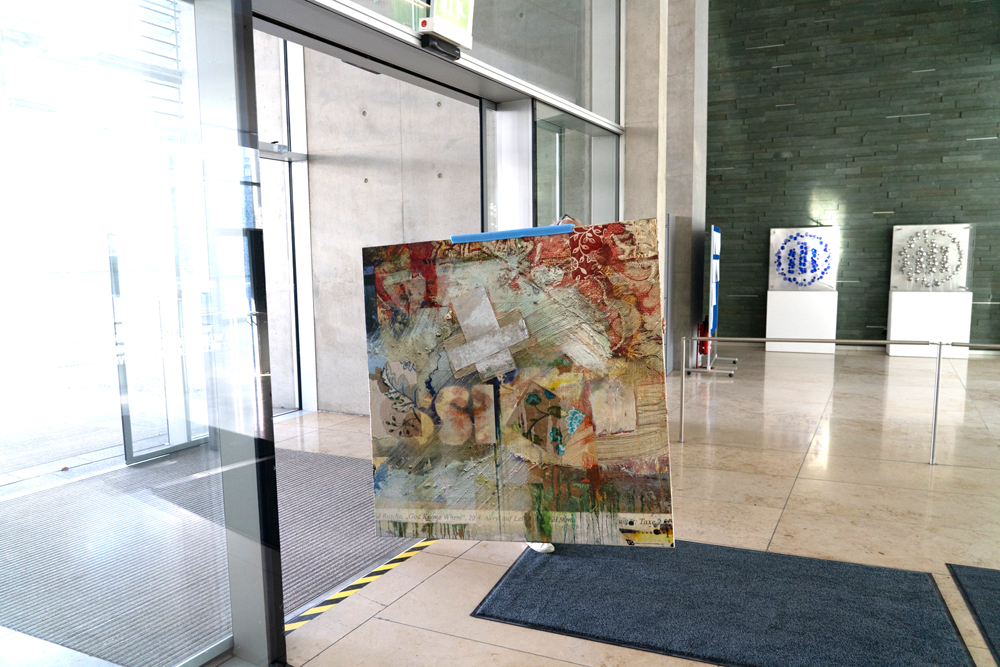
Peter Vahlefeld | Uncorporate Image at the Invitation of the Allianz Art Collection | 2024
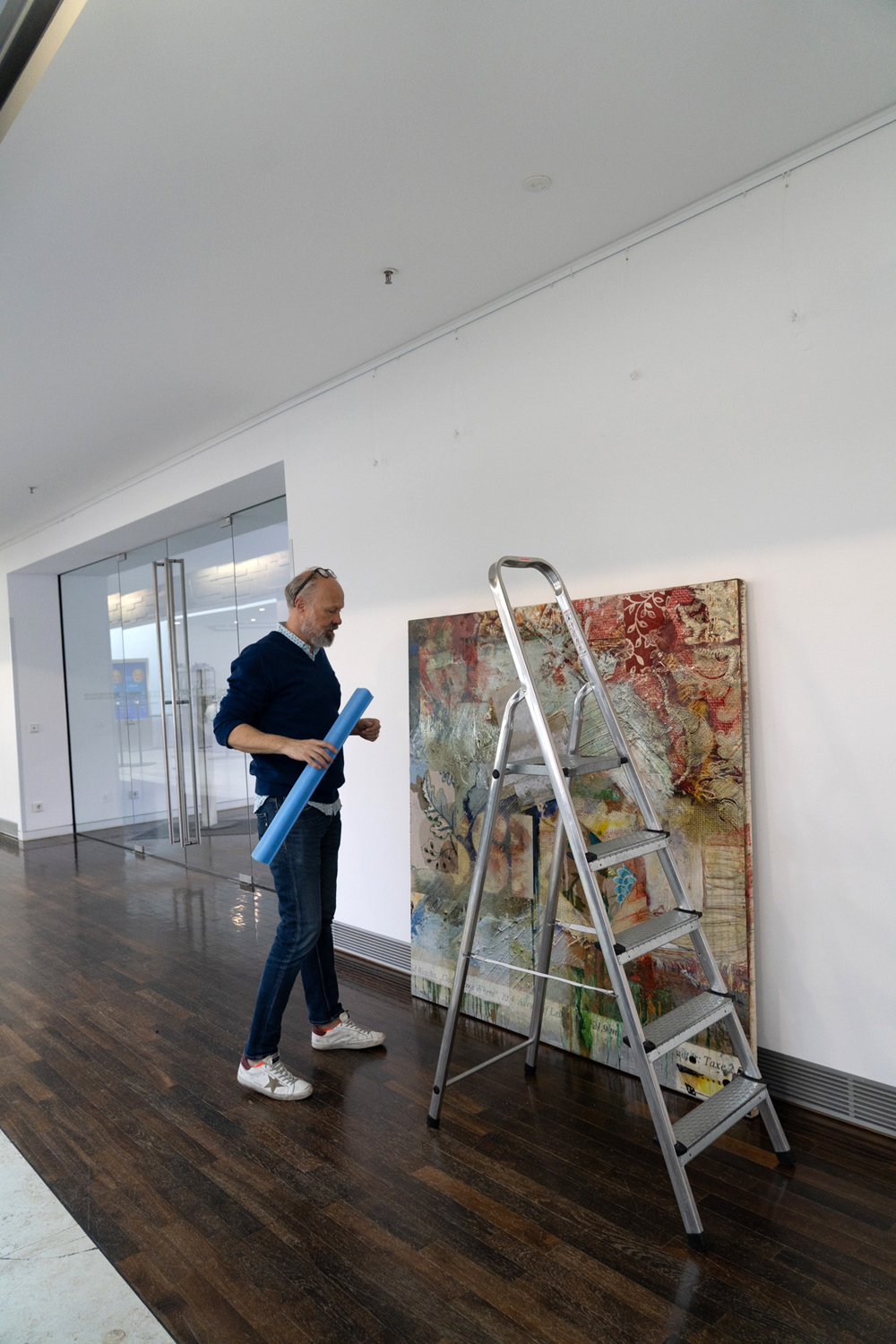
Peter Vahlefeld | Uncorporate Image at the Invitation of the Allianz Art Collection | 2024
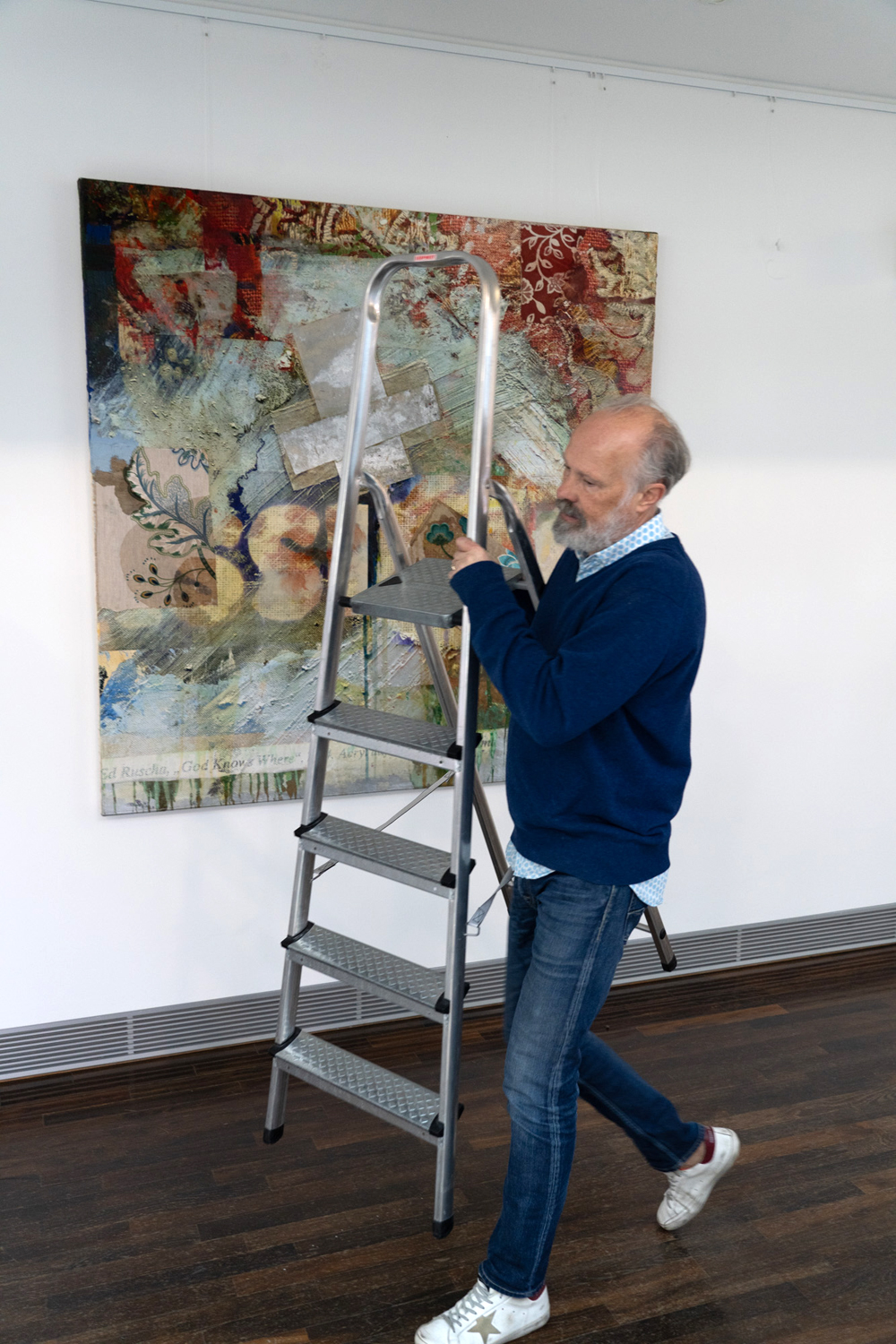
Peter Vahlefeld | Uncorporate Image at the Invitation of the Allianz Art Collection | 2024
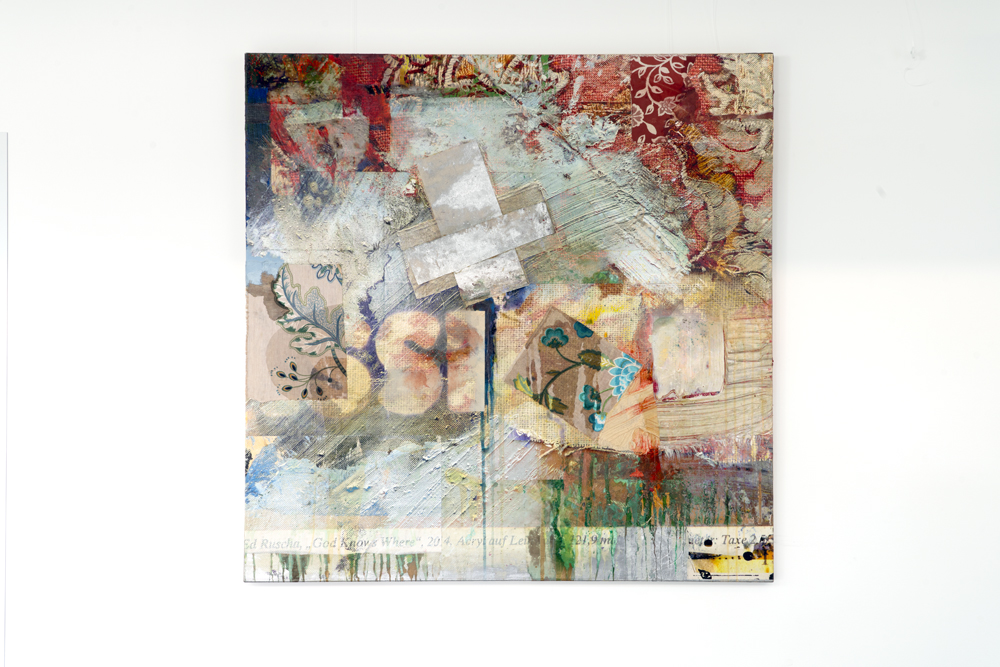
Peter Vahlefeld | Uncorporate Image at the Invitation of the Allianz Art Collection | 2024
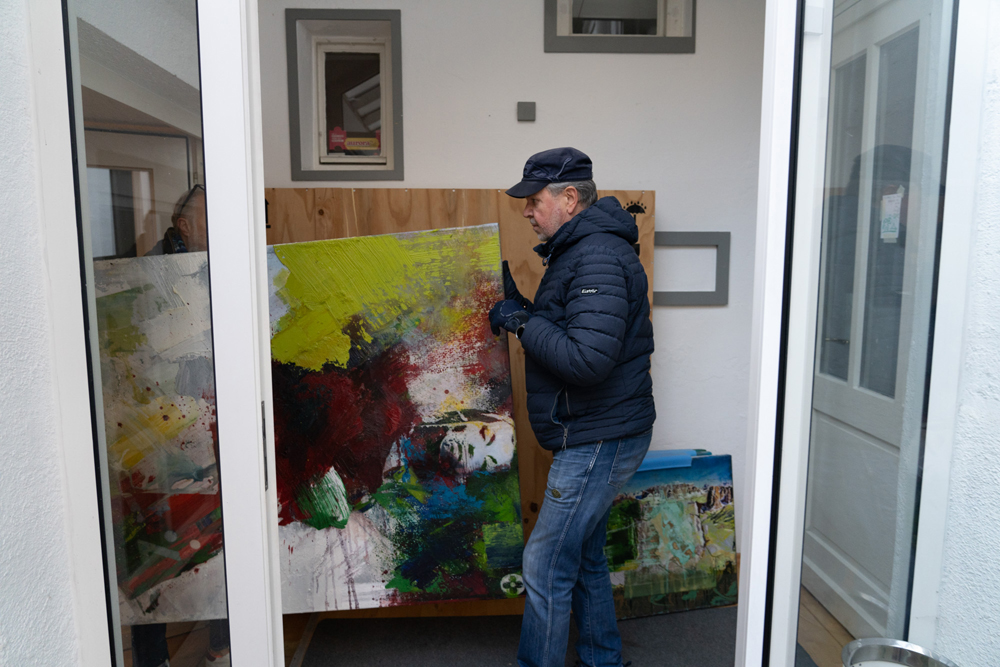
Peter Vahlefeld | Uncorporate Image at the Invitation of the Allianz Art Collection | 2024
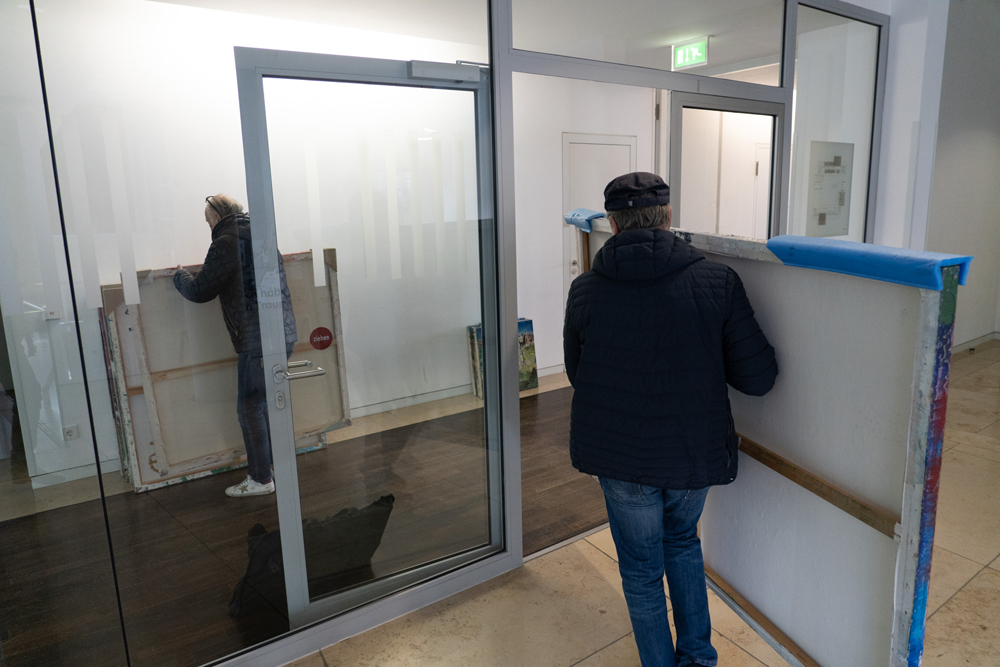
Peter Vahlefeld | Uncorporate Image at the Invitation of the Allianz Art Collection | 2024
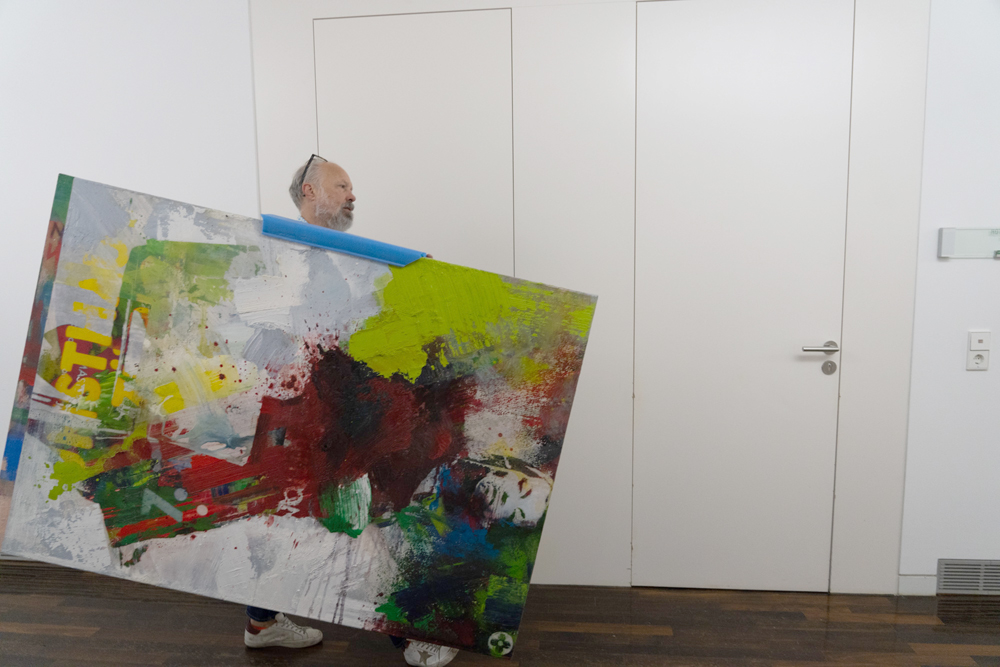
Peter Vahlefeld | Uncorporate Image at the Invitation of the Allianz Art Collection | 2024
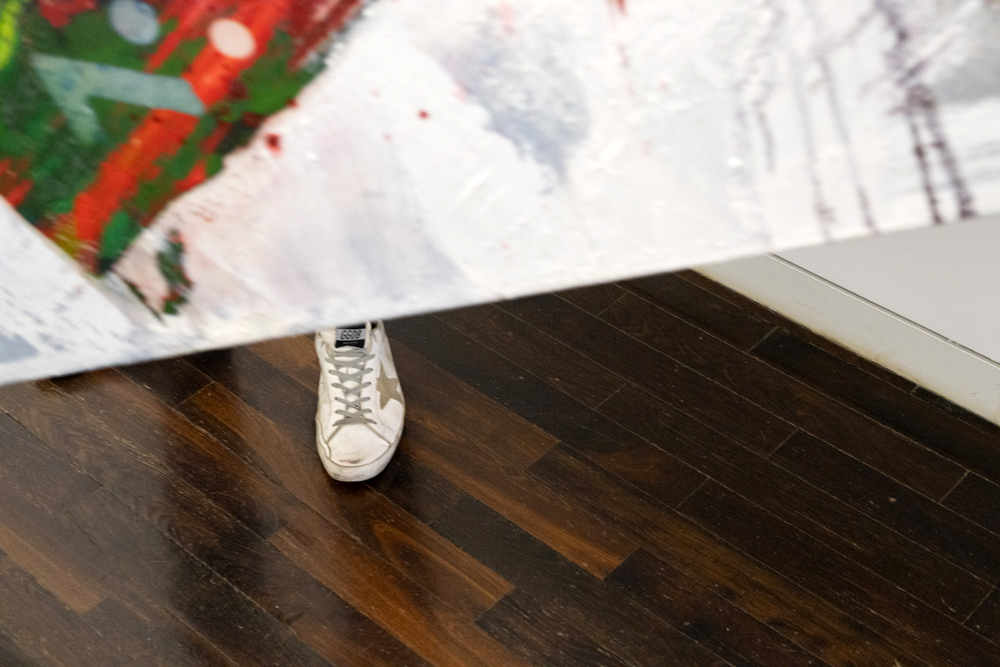
Peter Vahlefeld | Uncorporate Image at the Invitation of the Allianz Art Collection | 2024
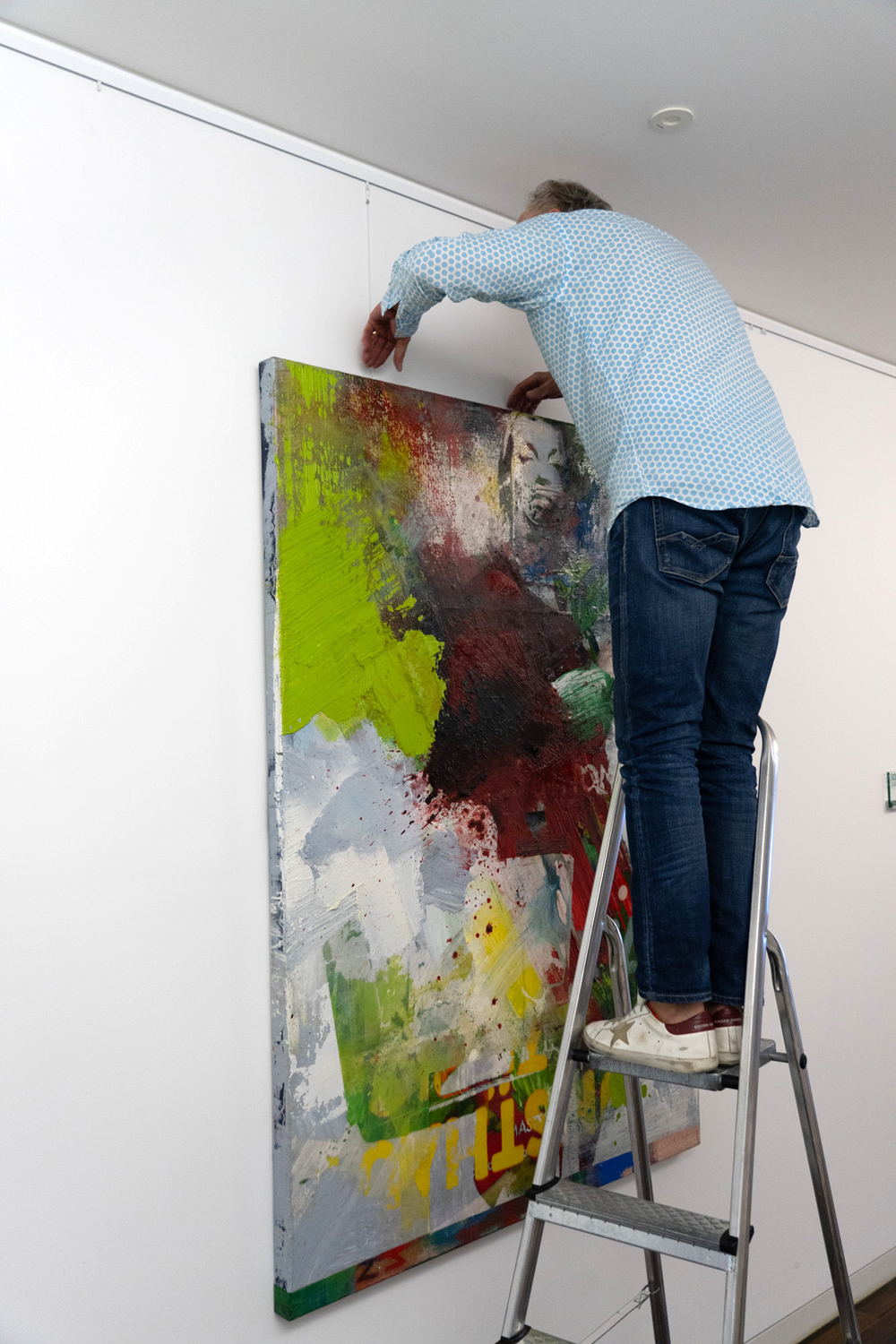
Peter Vahlefeld | Uncorporate Image at the Invitation of the Allianz Art Collection | 2024
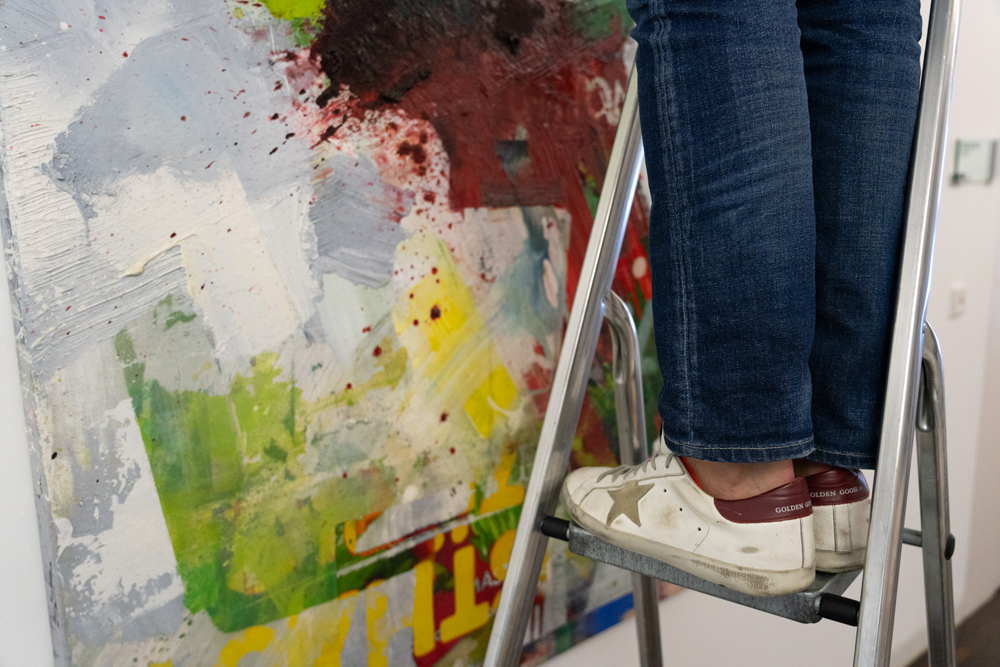
Peter Vahlefeld | Uncorporate Image at the Invitation of the Allianz Art Collection | 2024
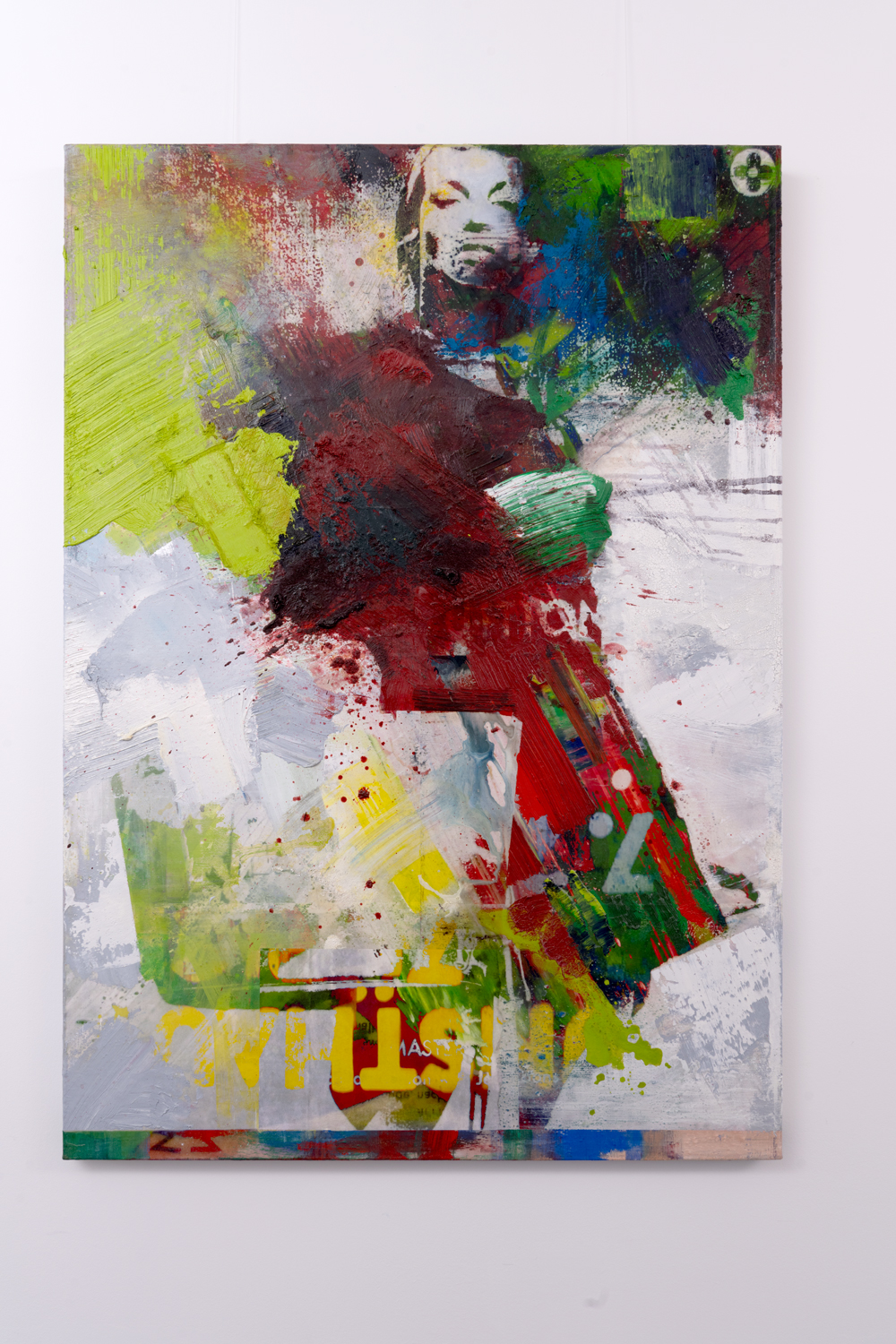
Peter Vahlefeld | Uncorporate Image at the Invitation of the Allianz Art Collection | 2024
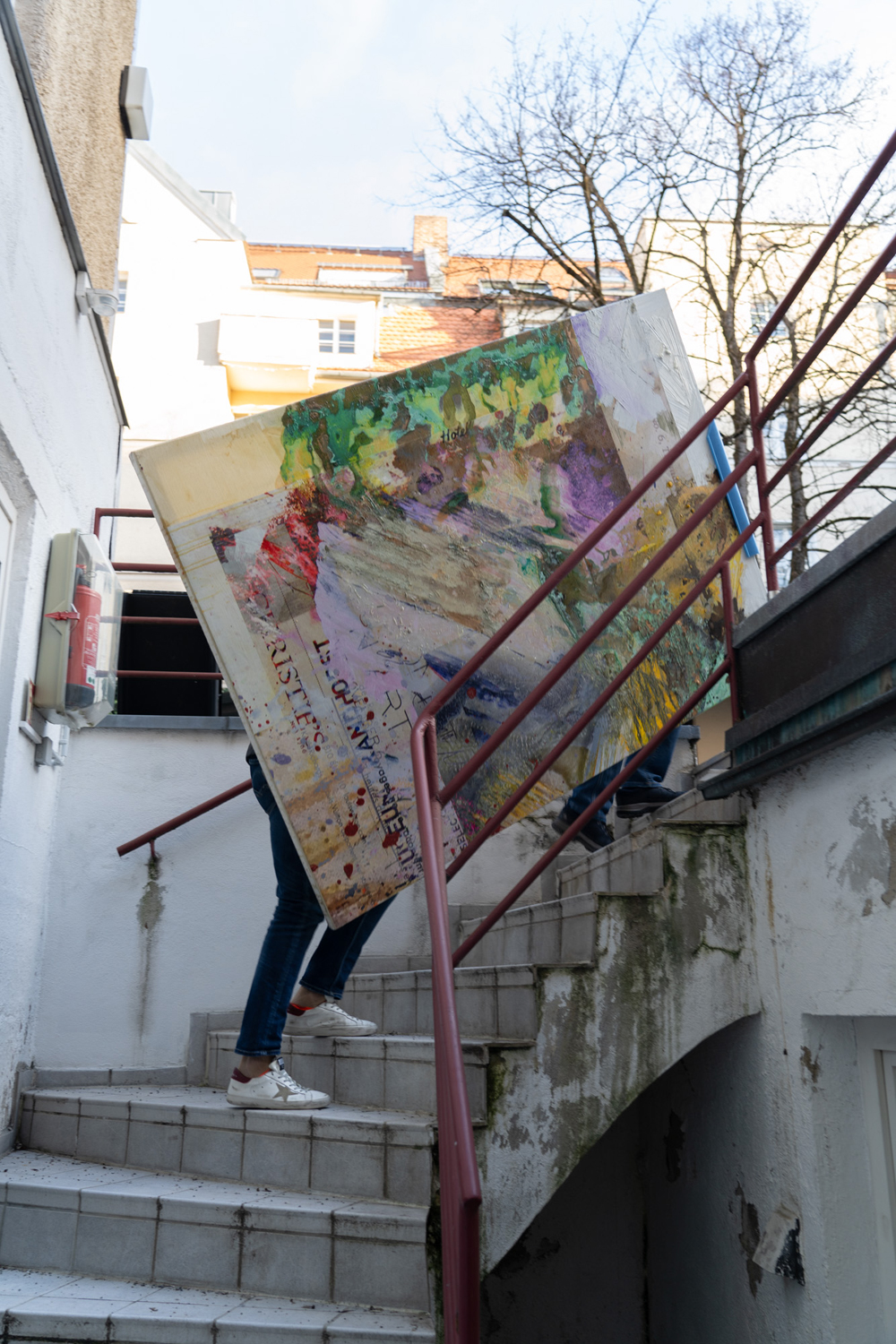
Peter Vahlefeld | Uncorporate Image at the Invitation of the Allianz Art Collection | 2024
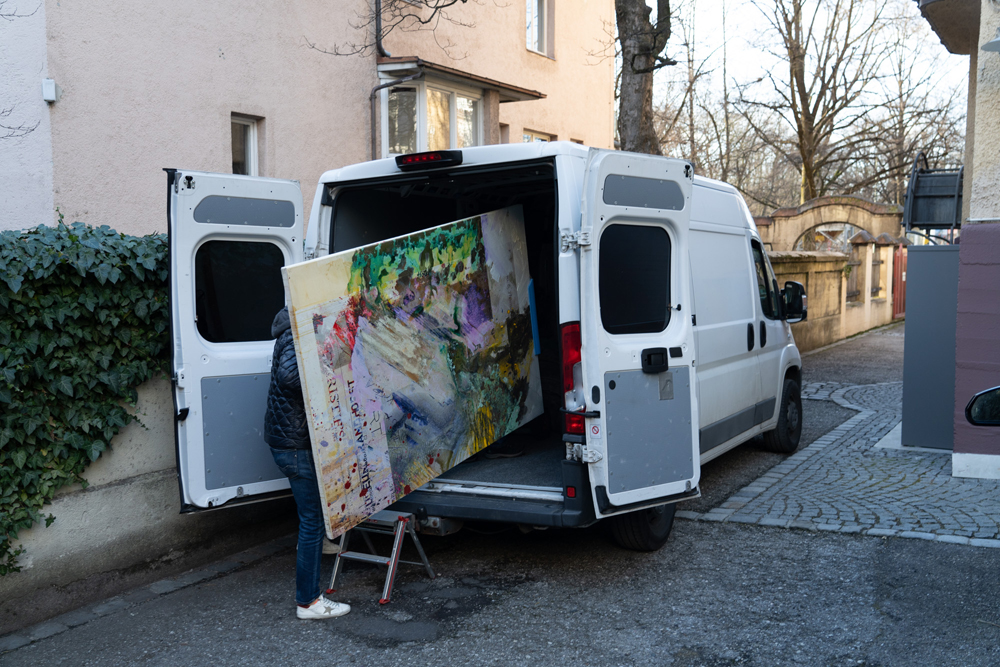
Peter Vahlefeld | Uncorporate Image at the Invitation of the Allianz Art Collection | 2024
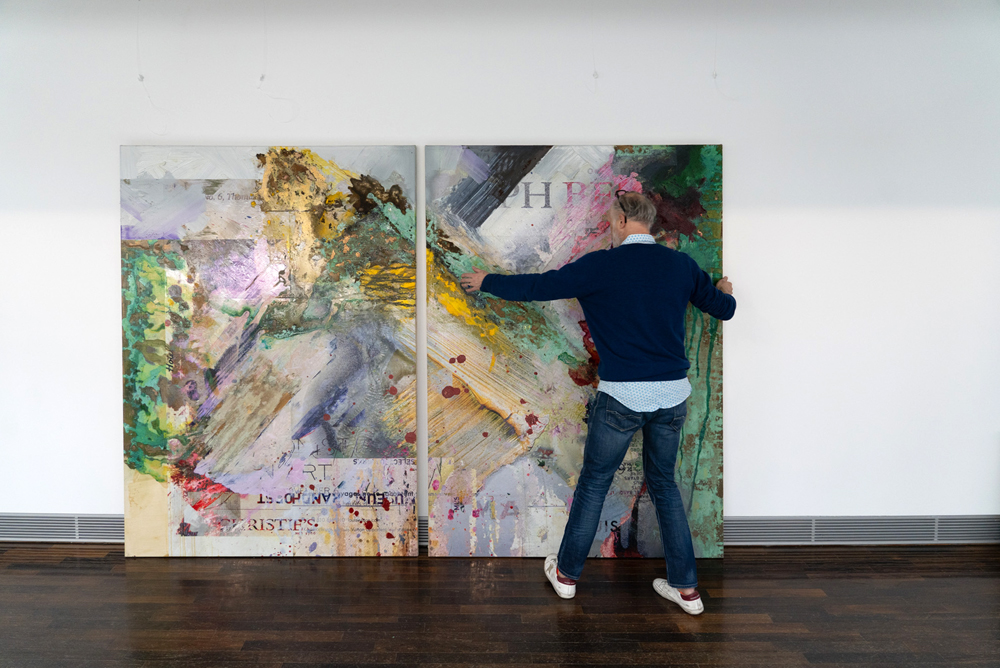
Peter Vahlefeld | Uncorporate Image at the Invitation of the Allianz Art Collection | 2024
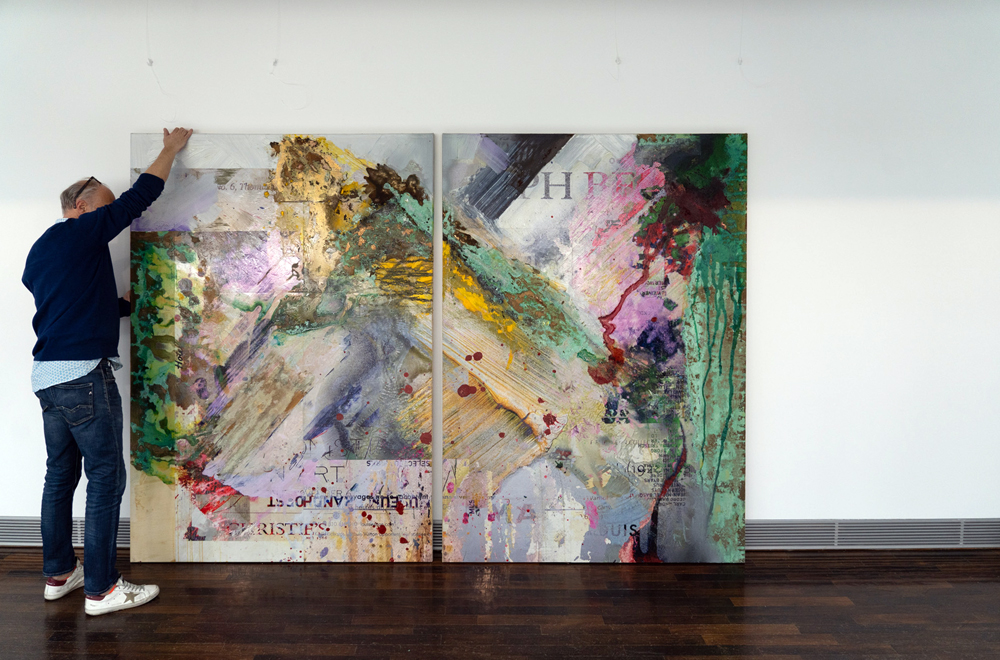
Peter Vahlefeld | Uncorporate Image at the Invitation of the Allianz Art Collection | 2024
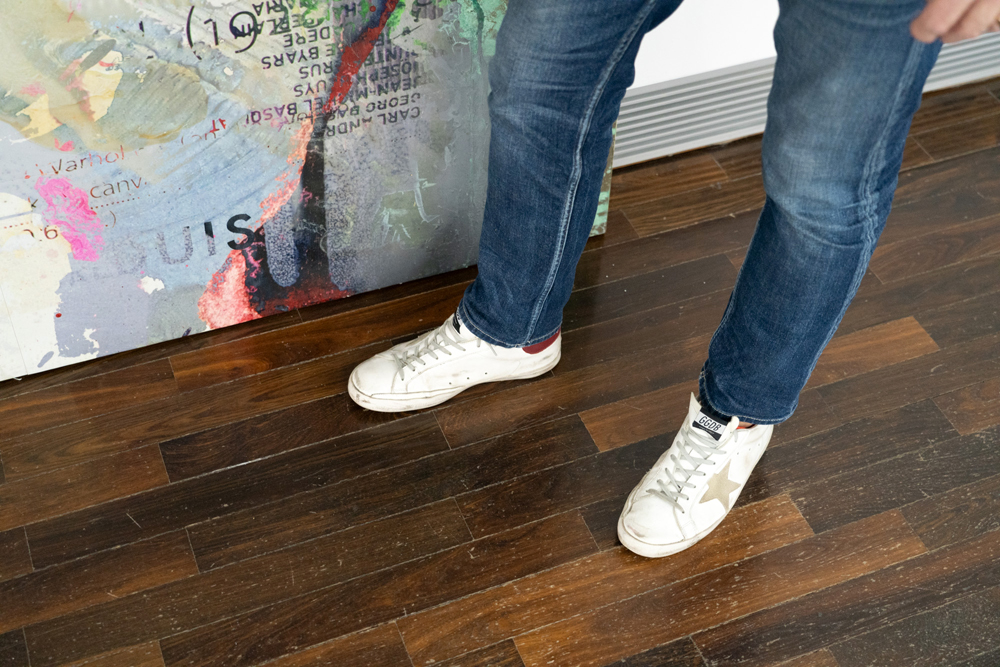
Peter Vahlefeld | Uncorporate Image at the Invitation of the Allianz Art Collection | 2024
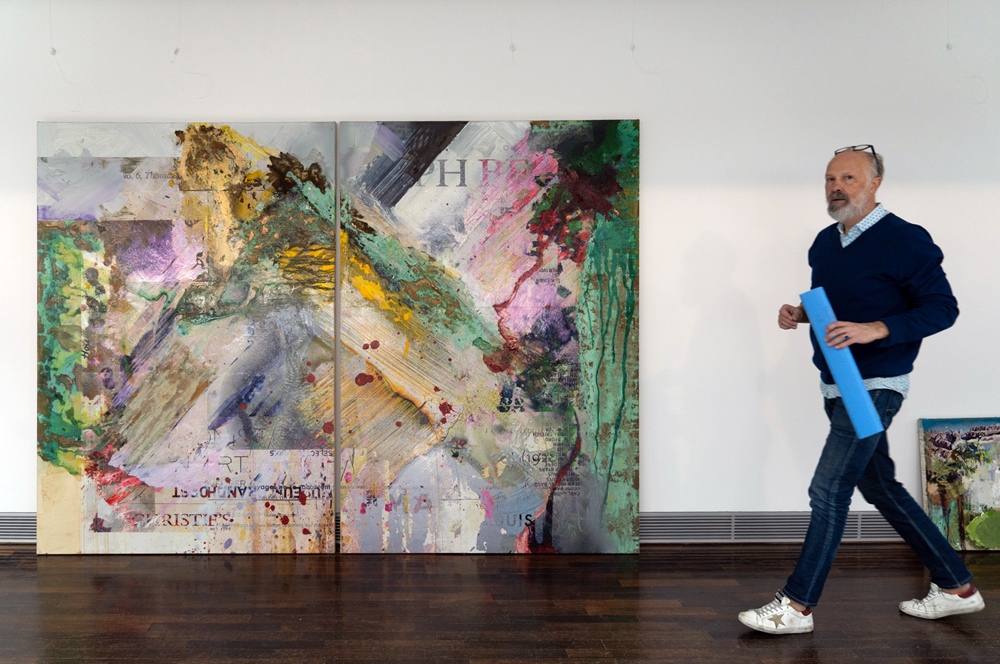
Peter Vahlefeld | Uncorporate Image at the Invitation of the Allianz Art Collection | 2024
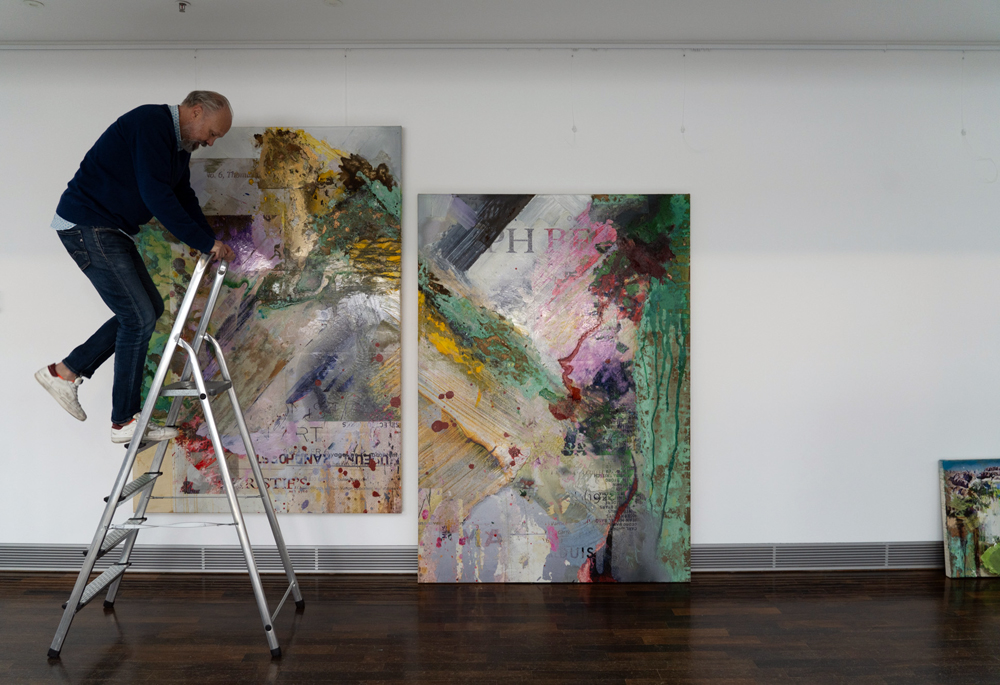
Peter Vahlefeld | Uncorporate Image at the Invitation of the Allianz Art Collection | 2024
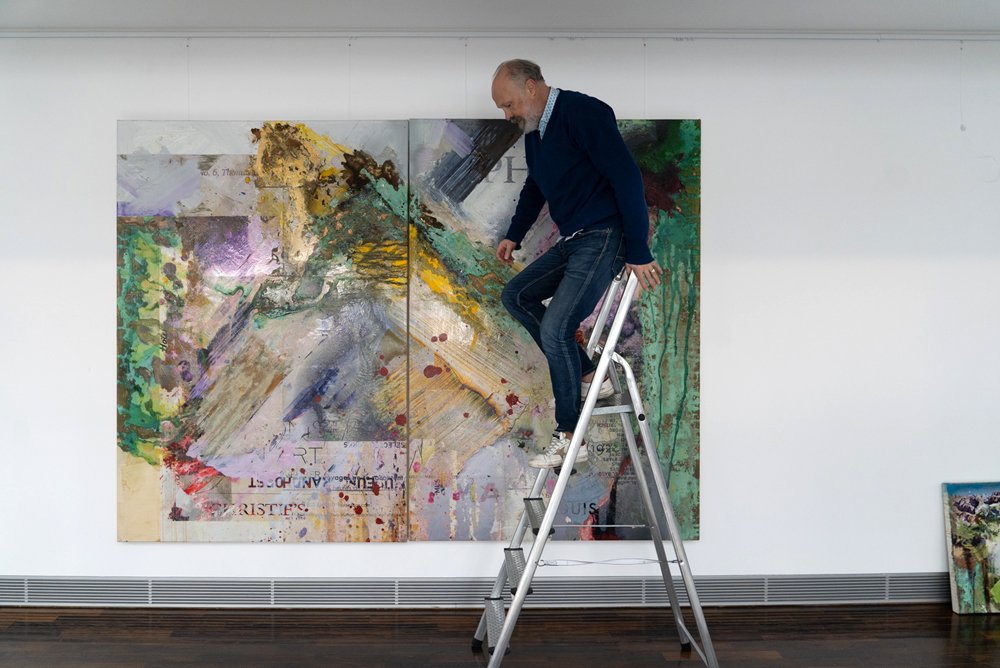
Peter Vahlefeld | Uncorporate Image at the Invitation of the Allianz Art Collection | 2024
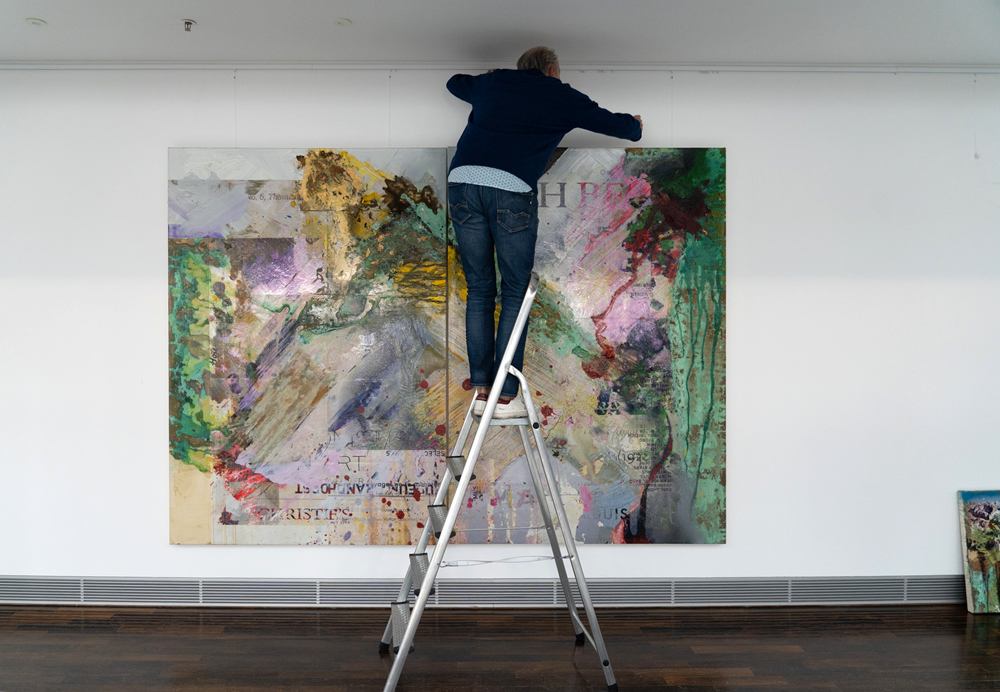
Peter Vahlefeld | Uncorporate Image at the Invitation of the Allianz Art Collection | 2024
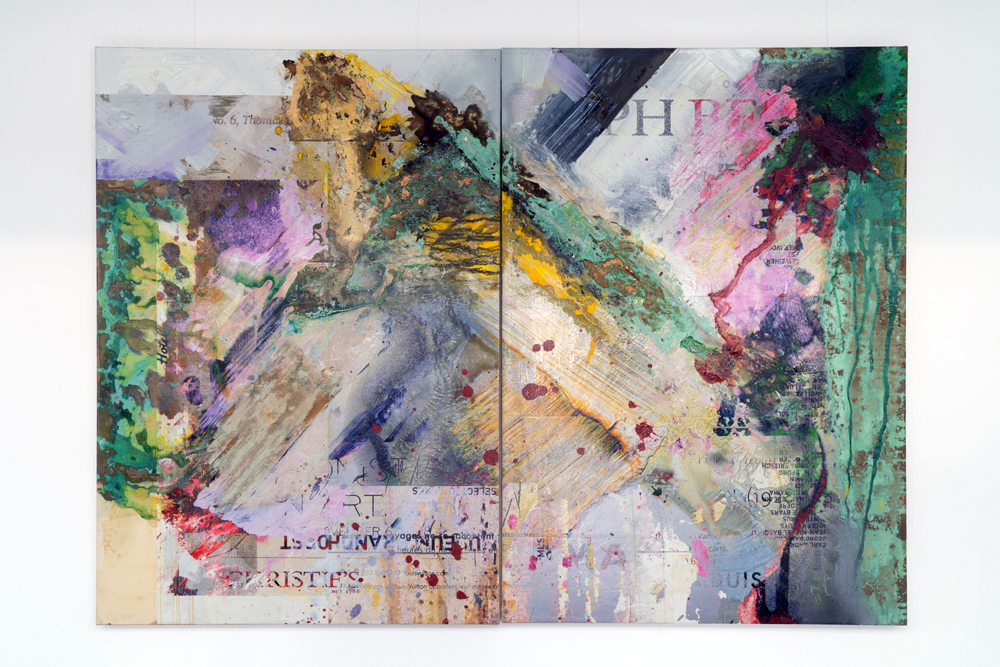
Peter Vahlefeld | Uncorporate Image at the Invitation of the Allianz Art Collection | 2024






























































